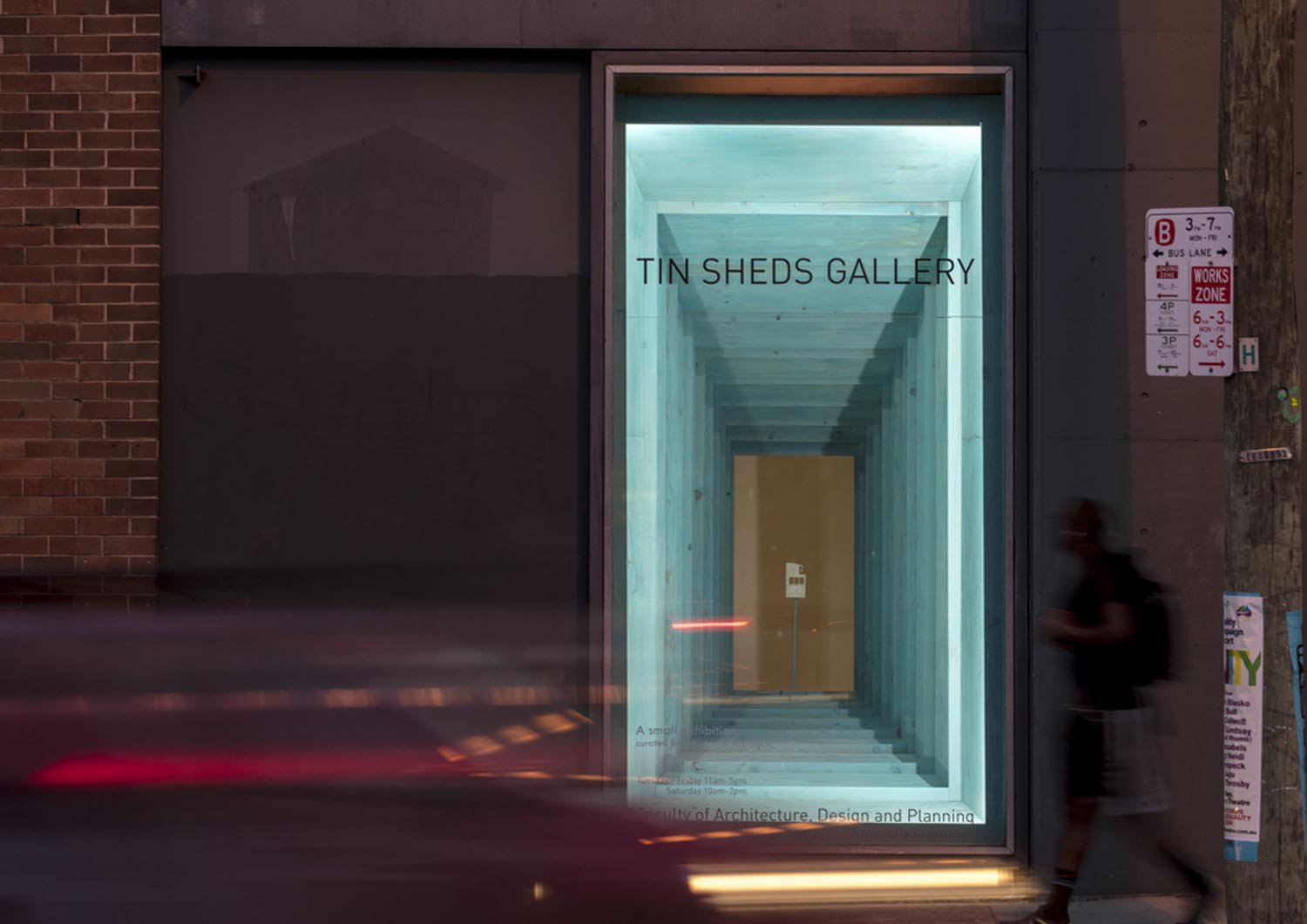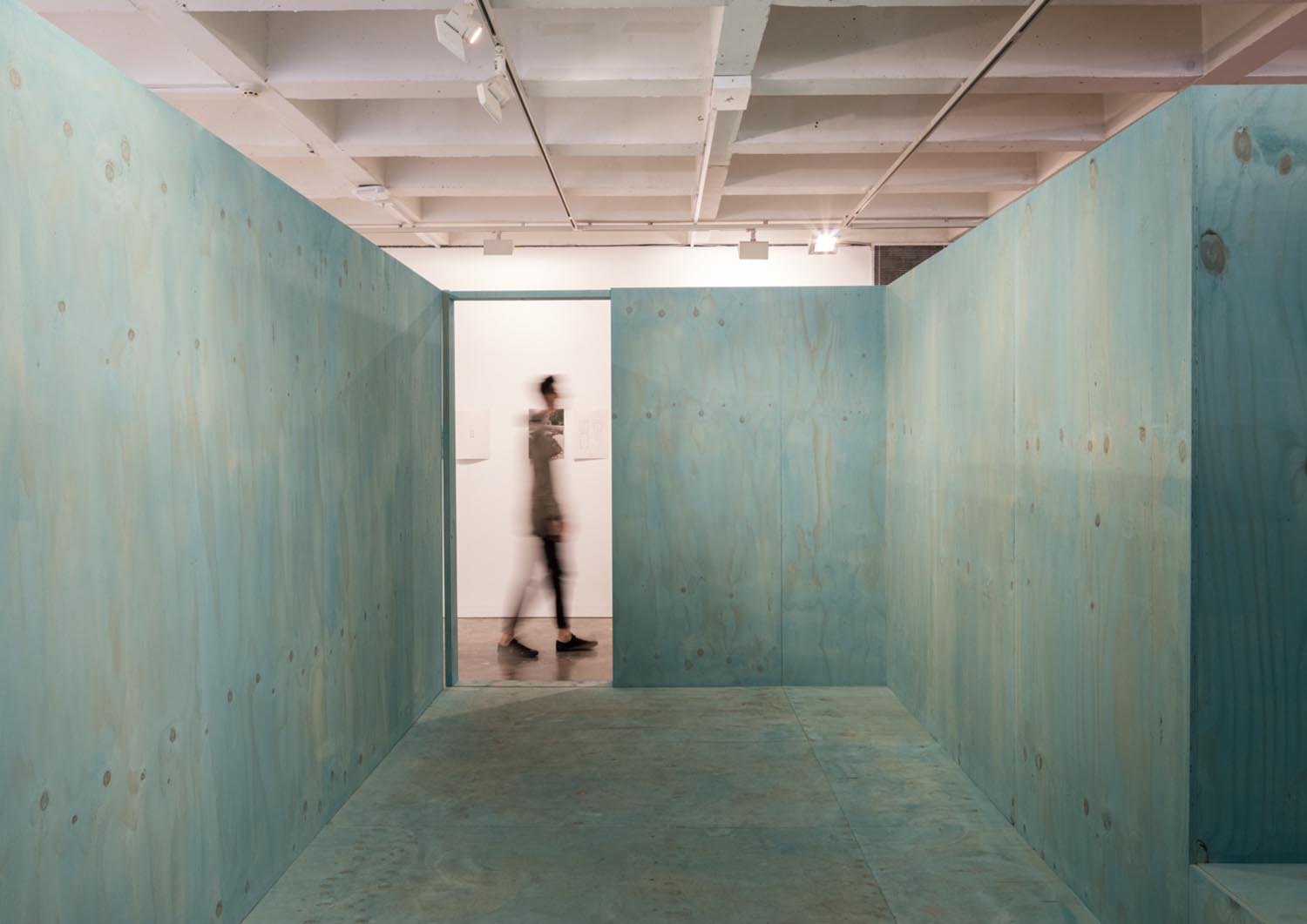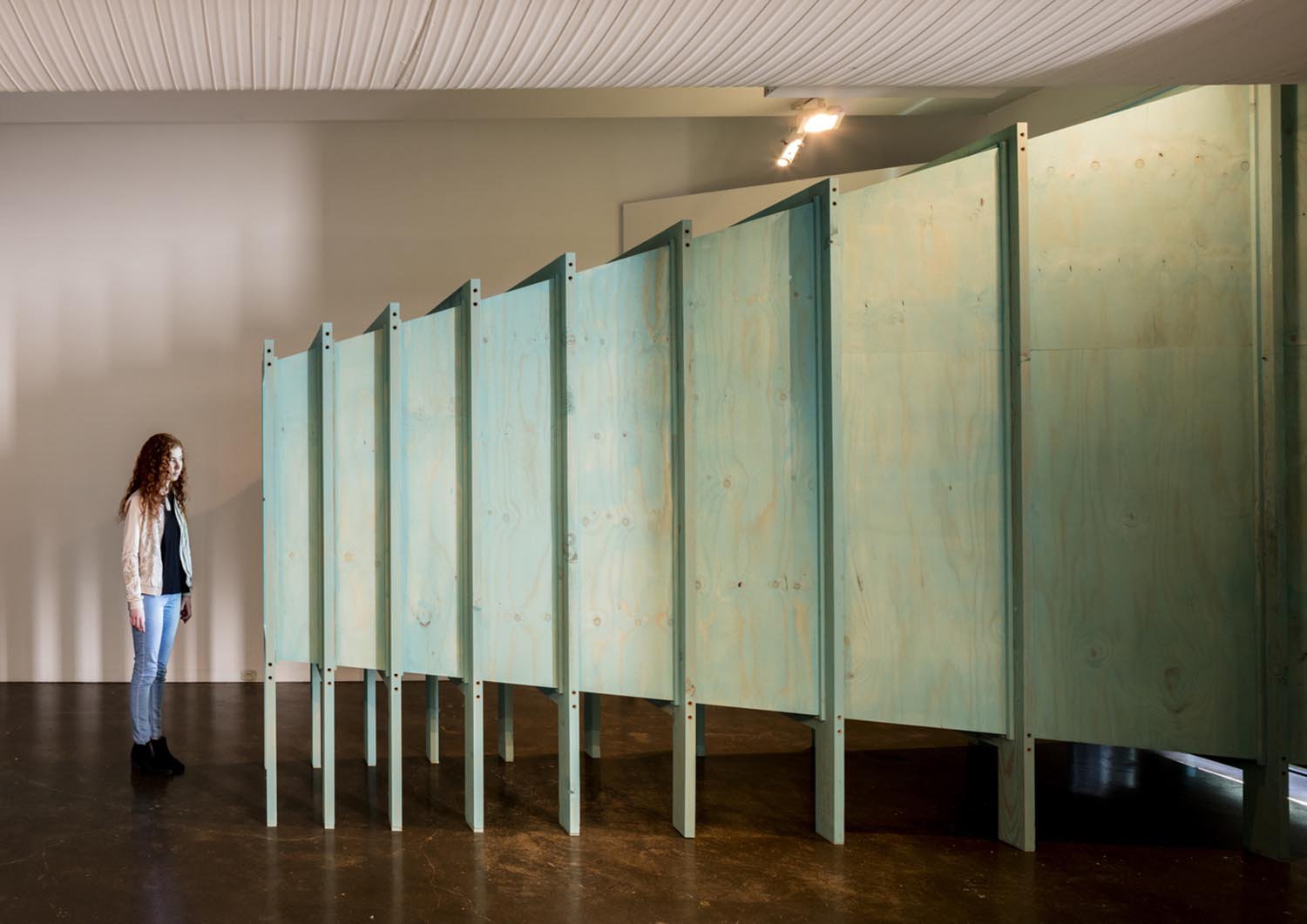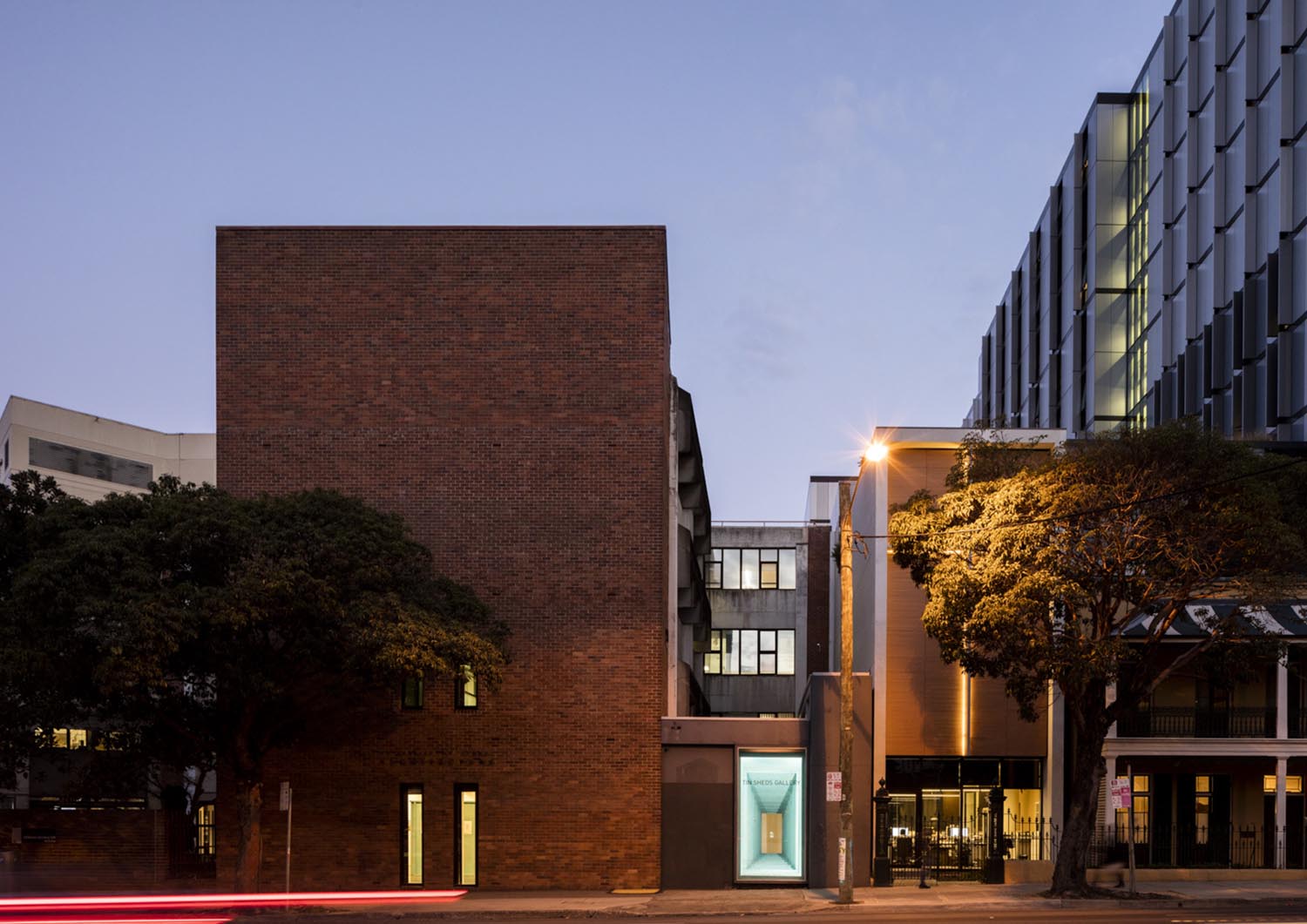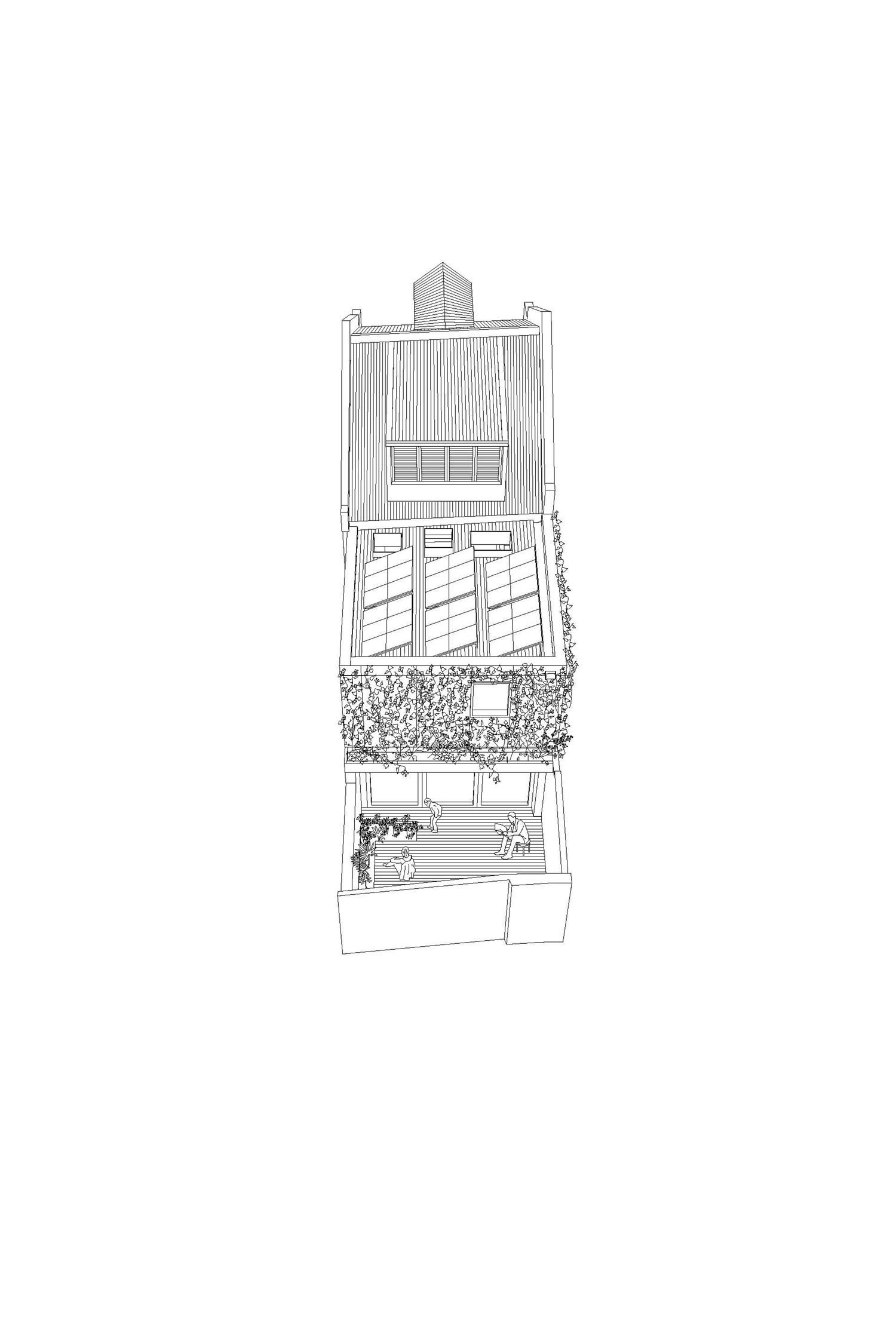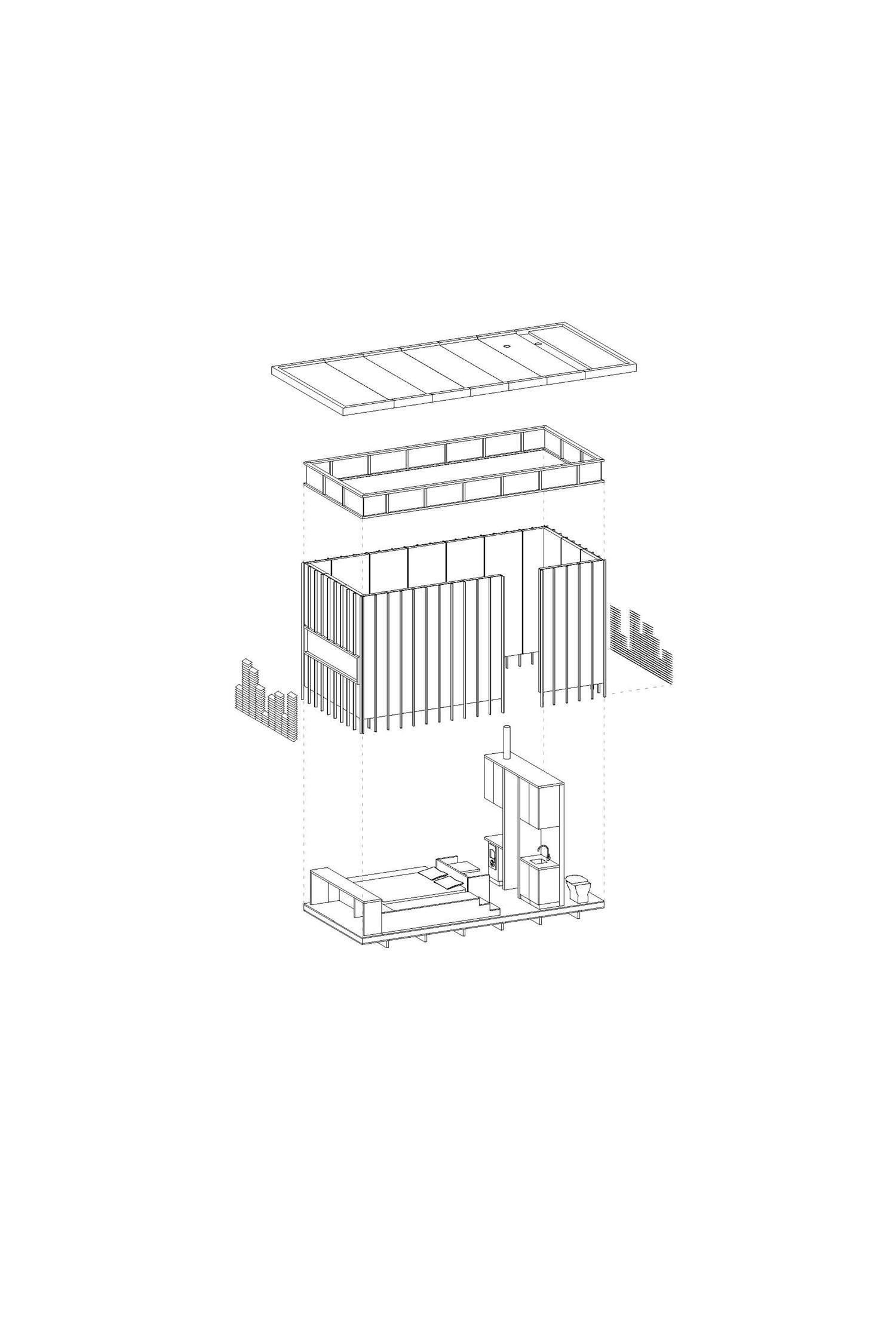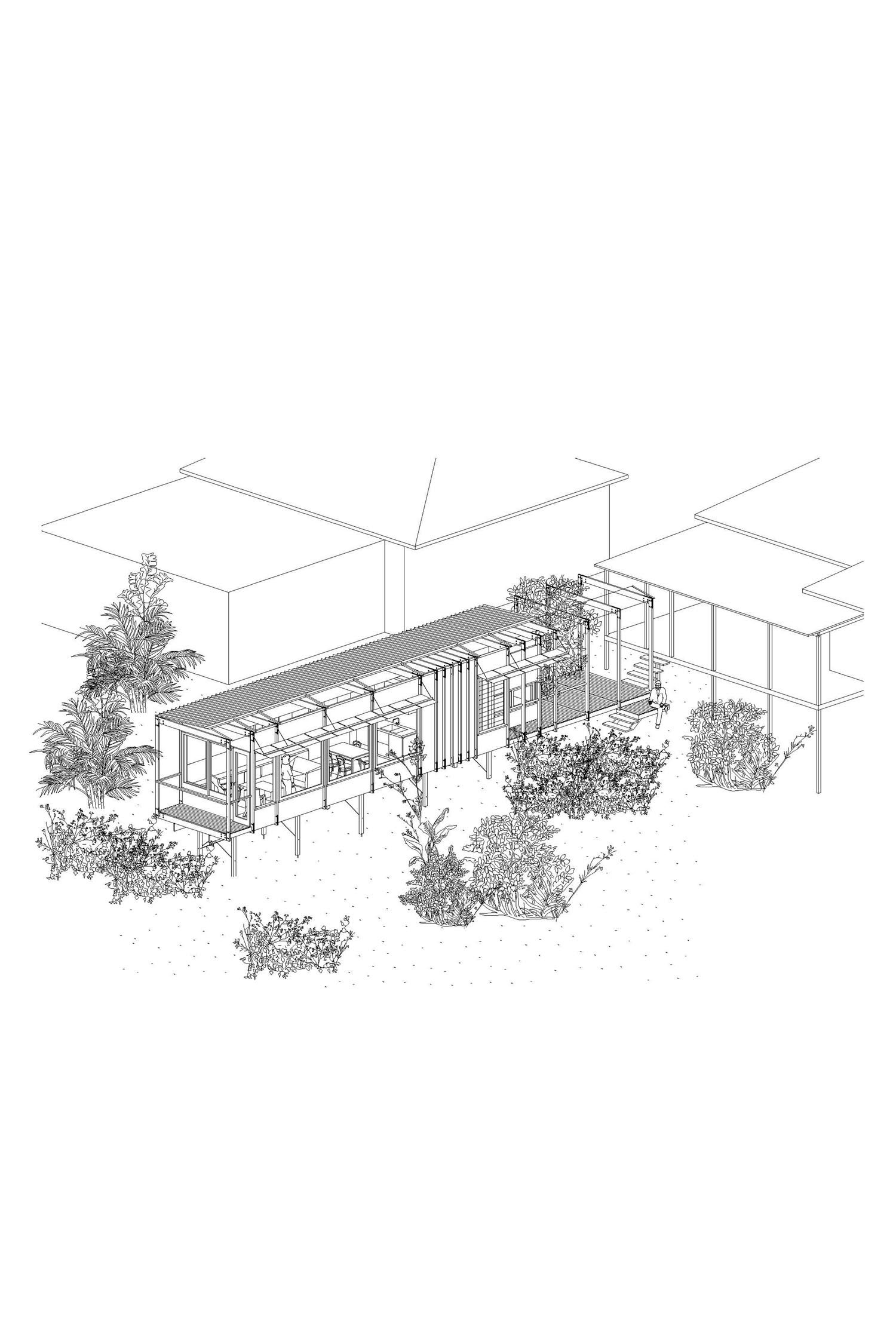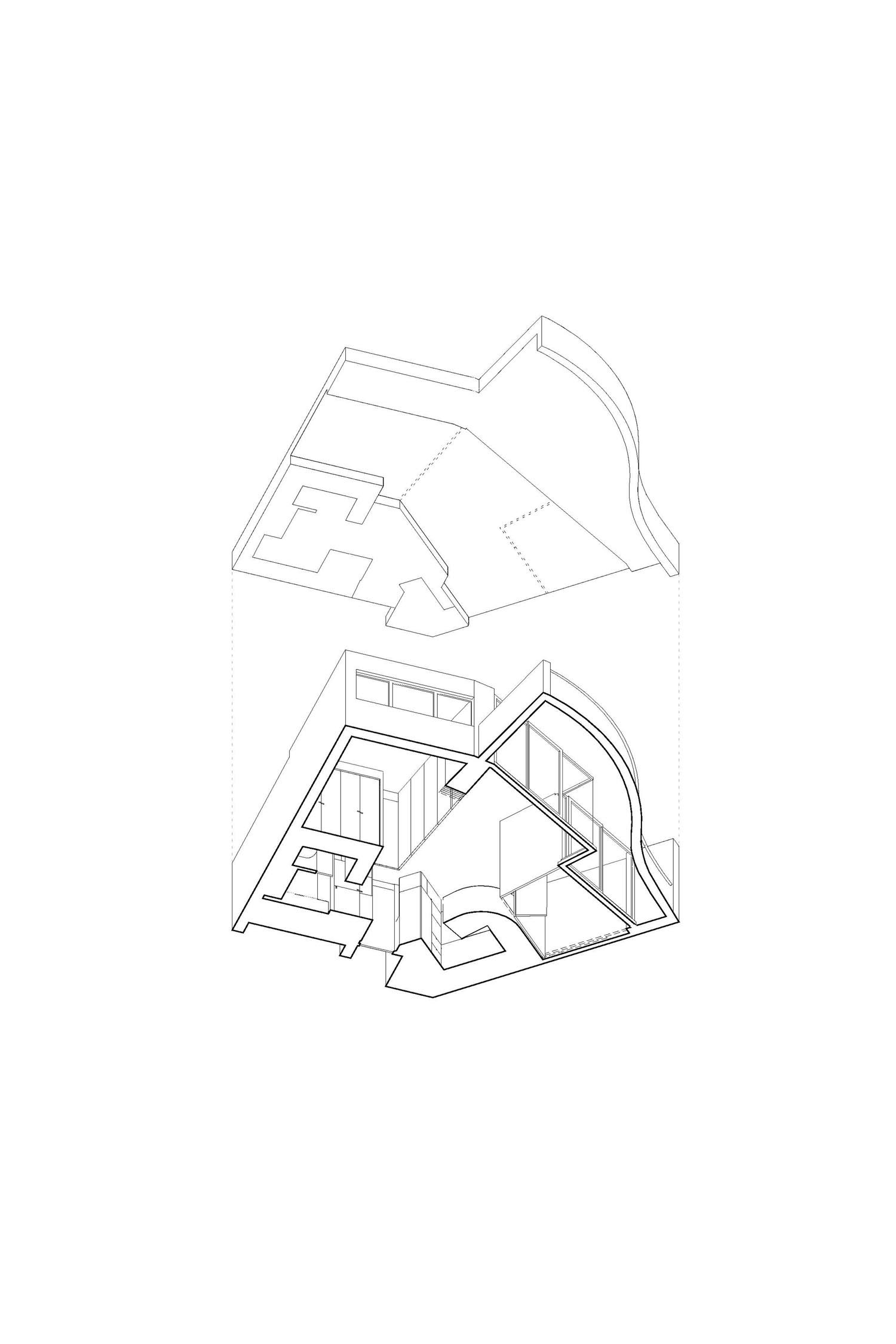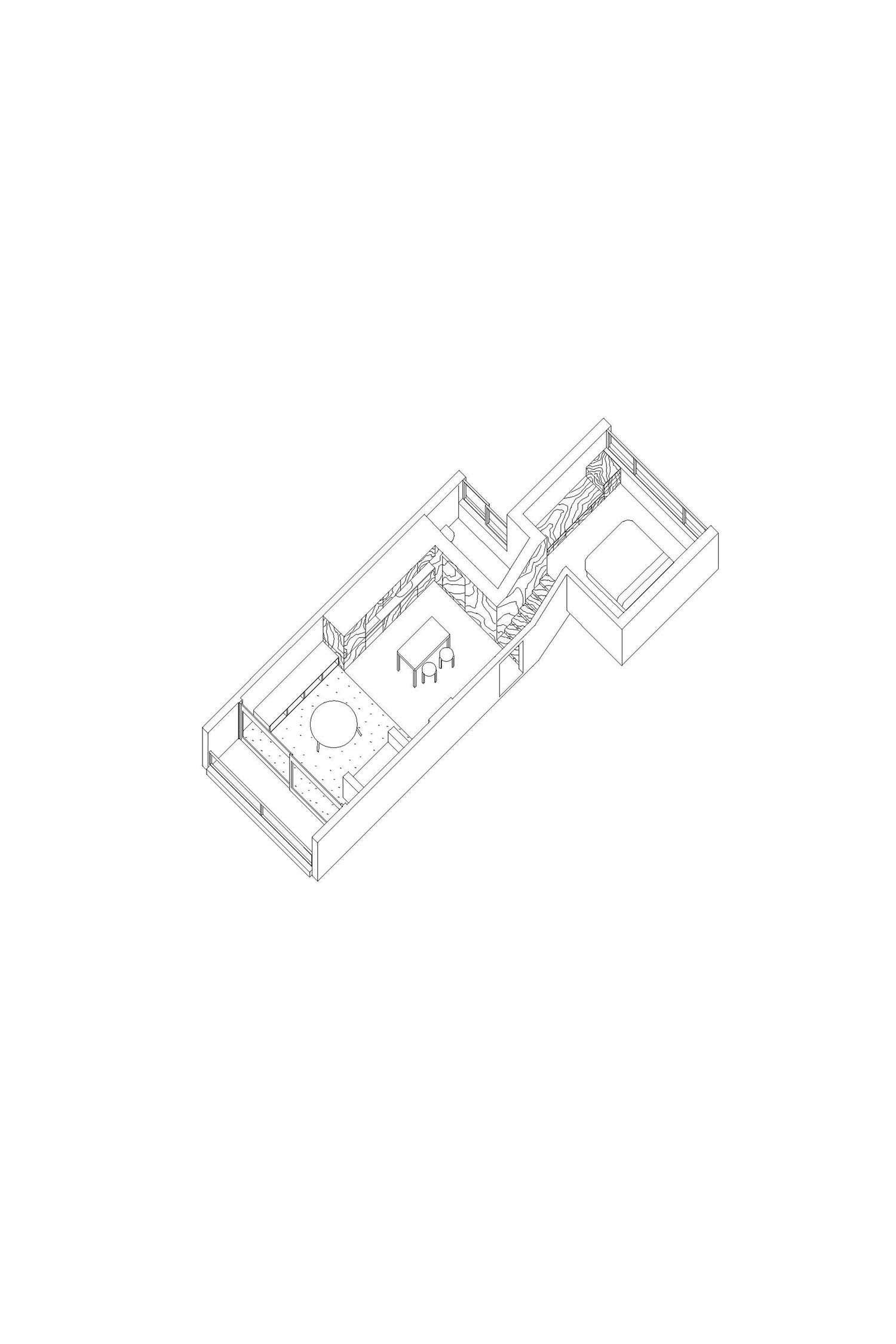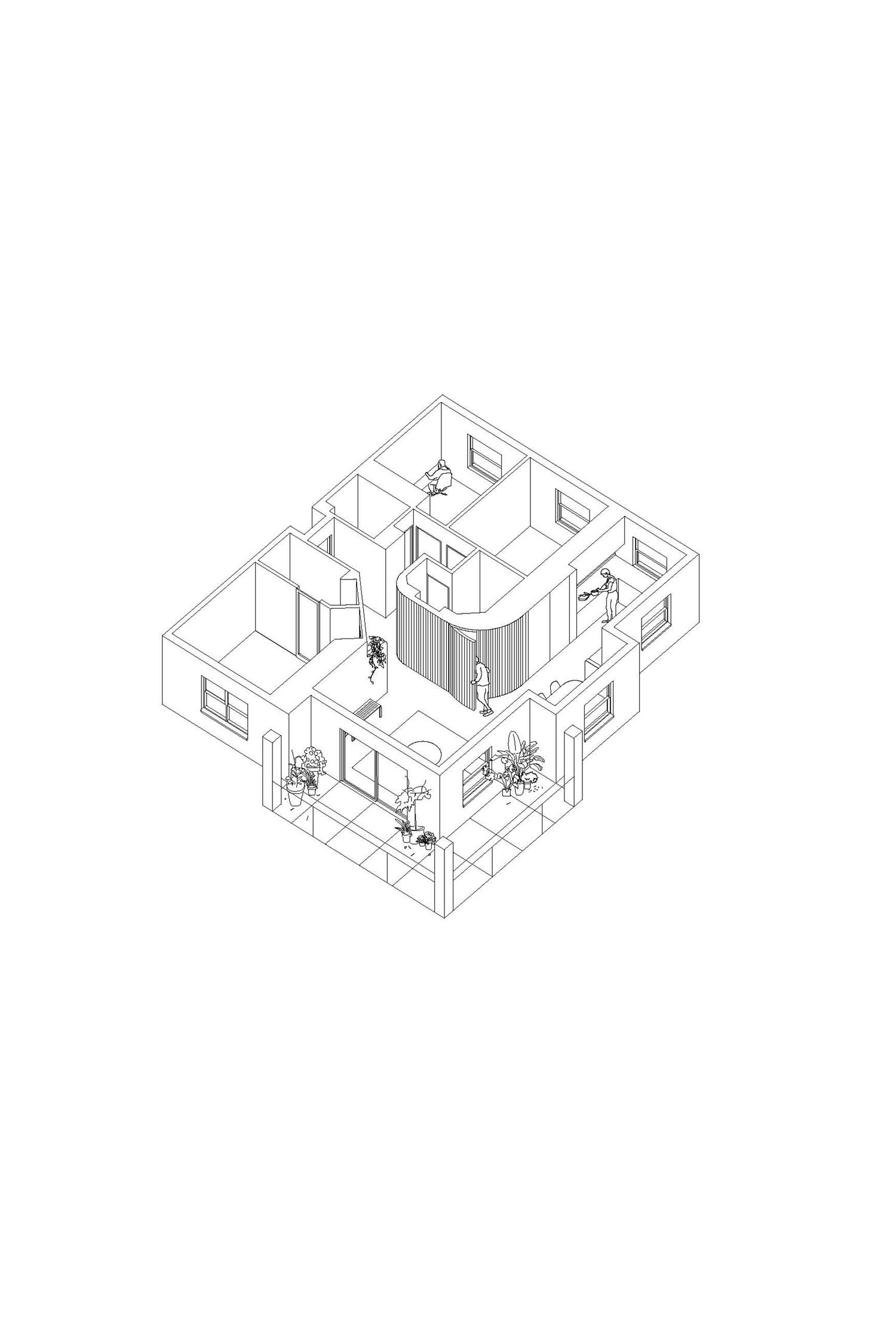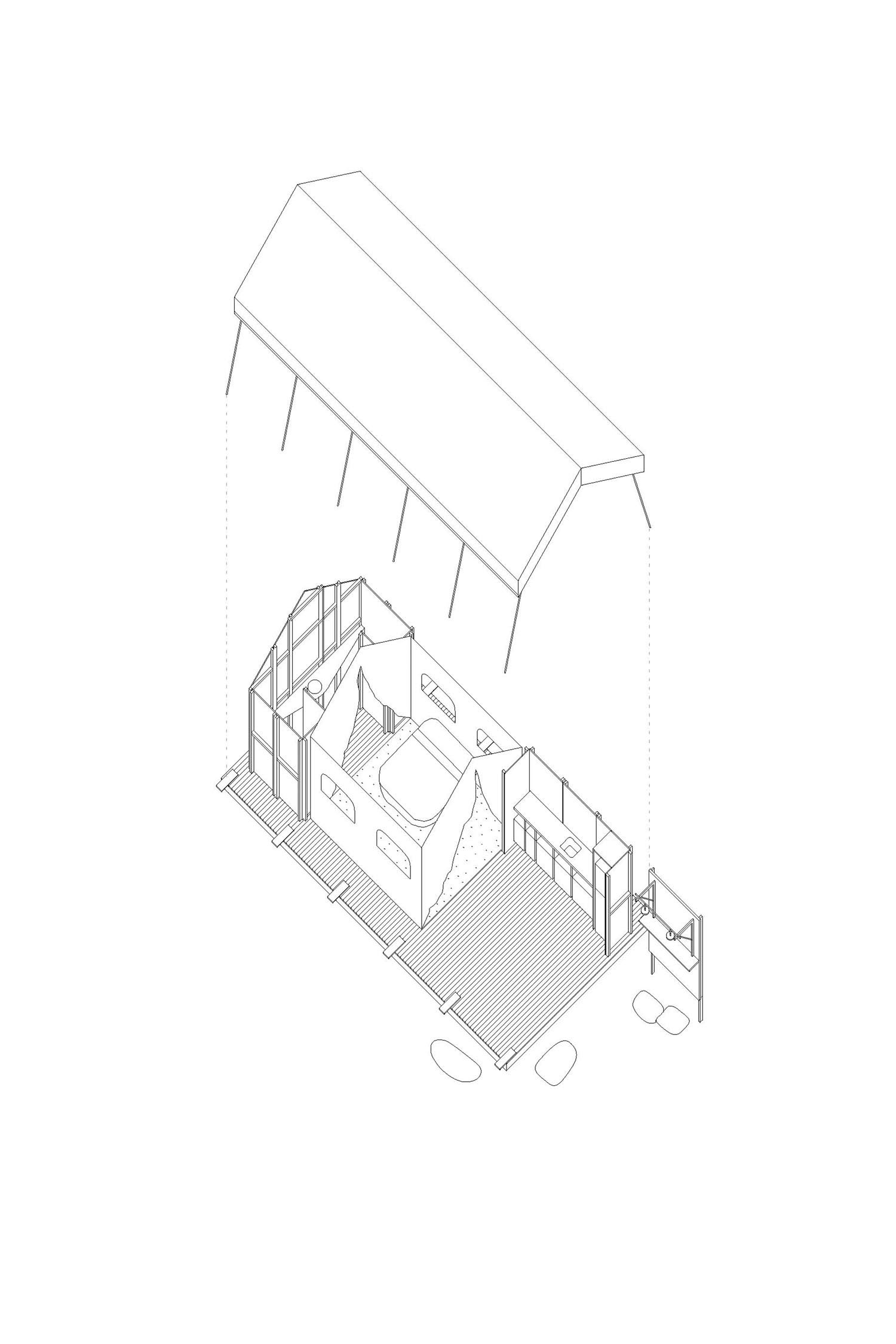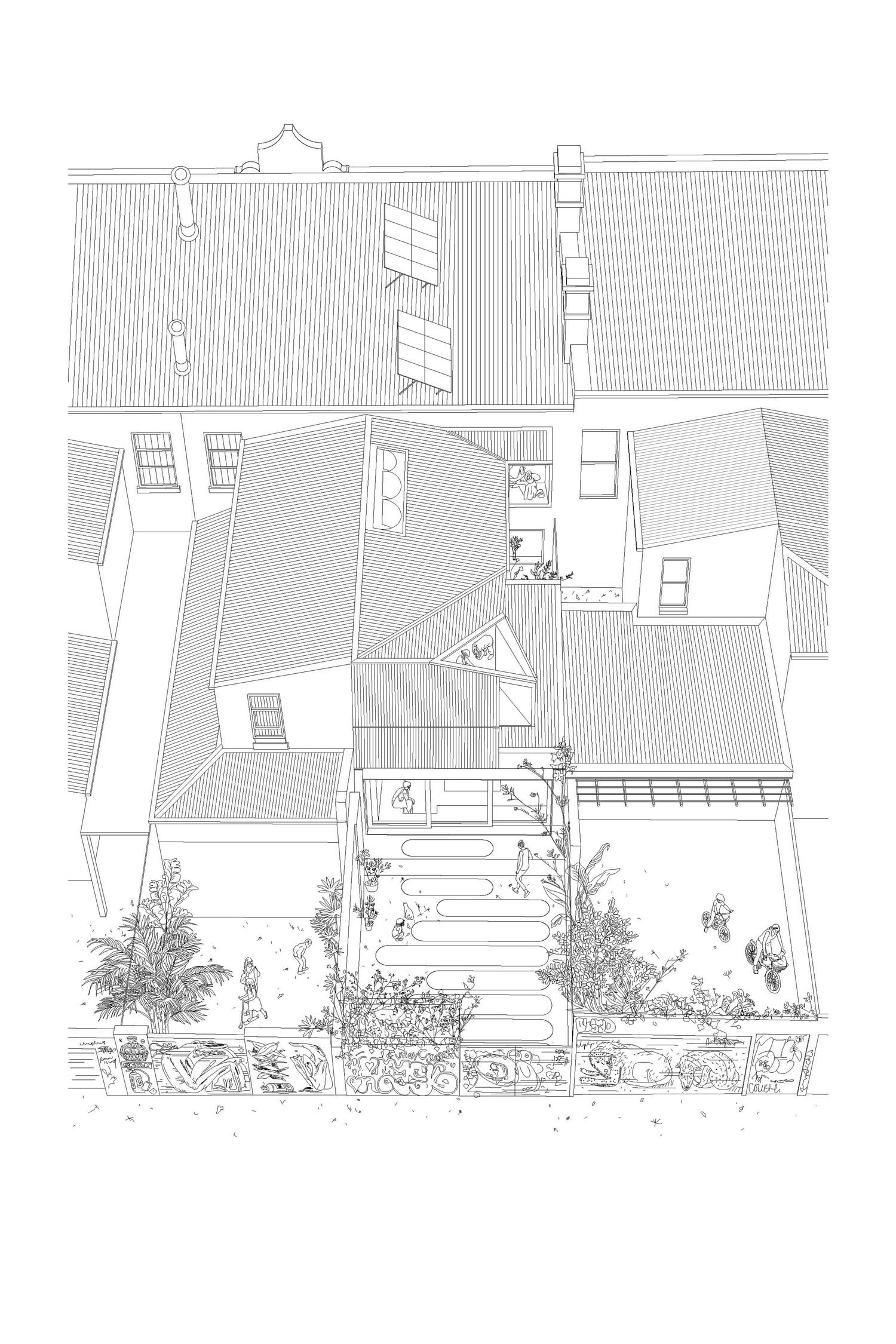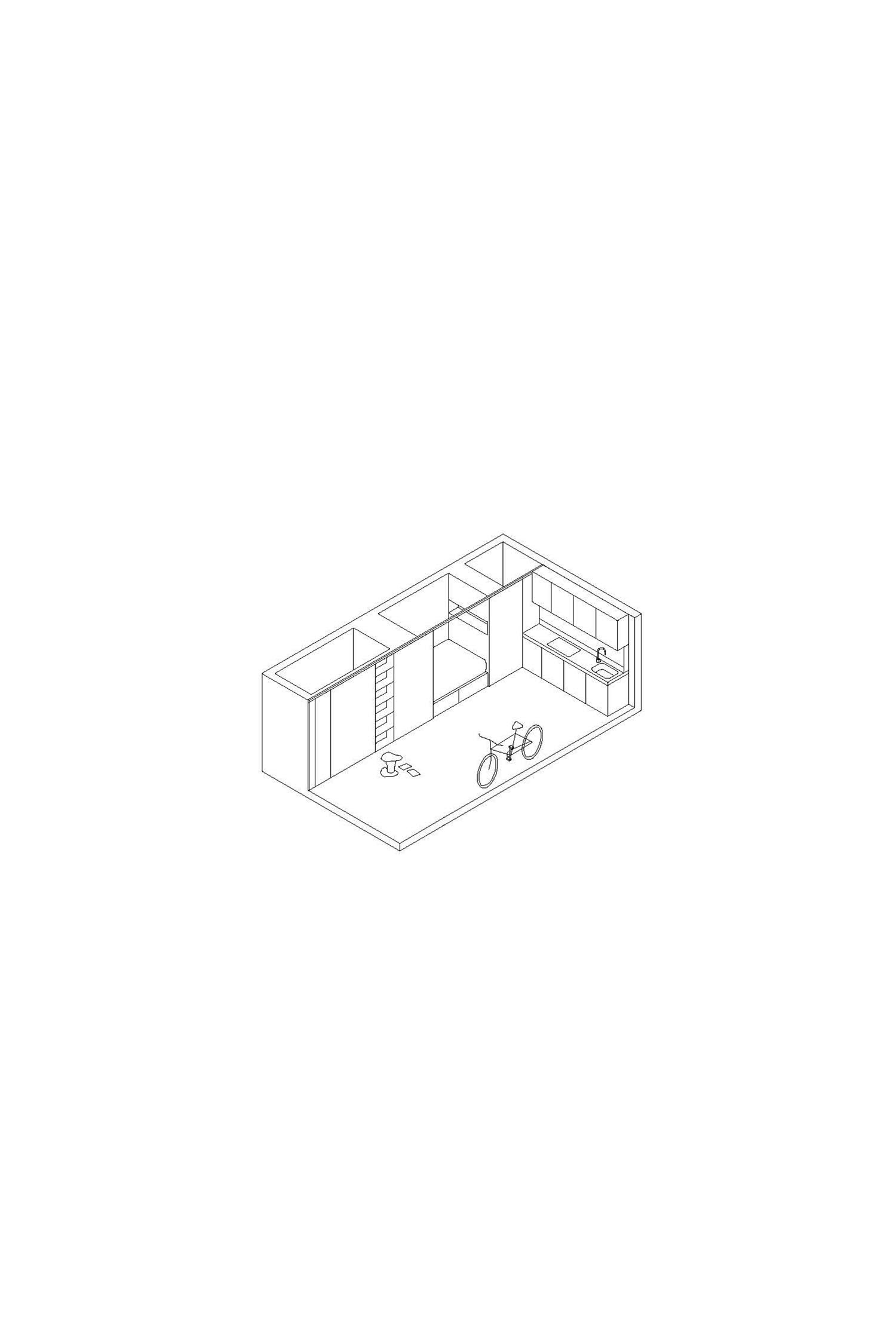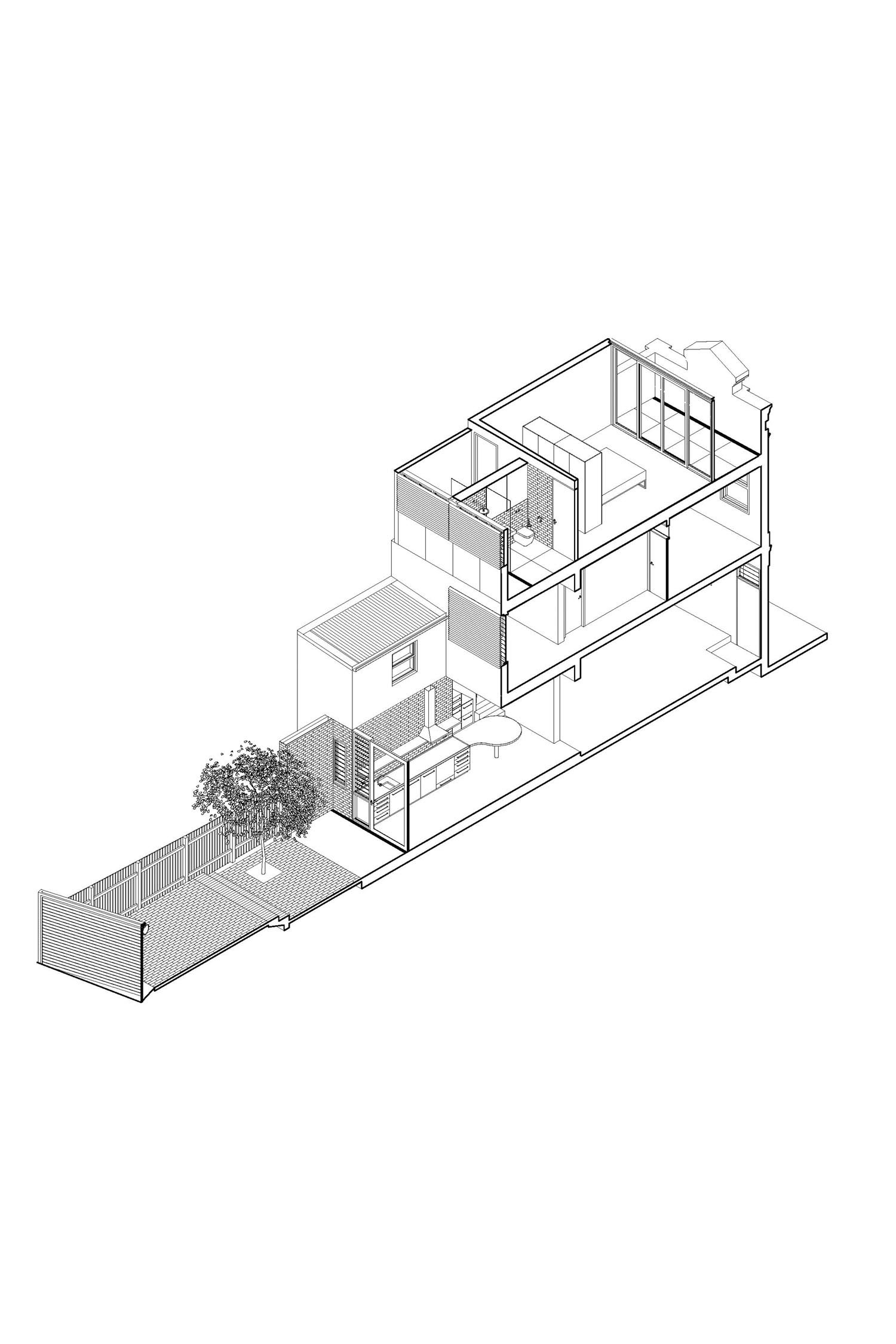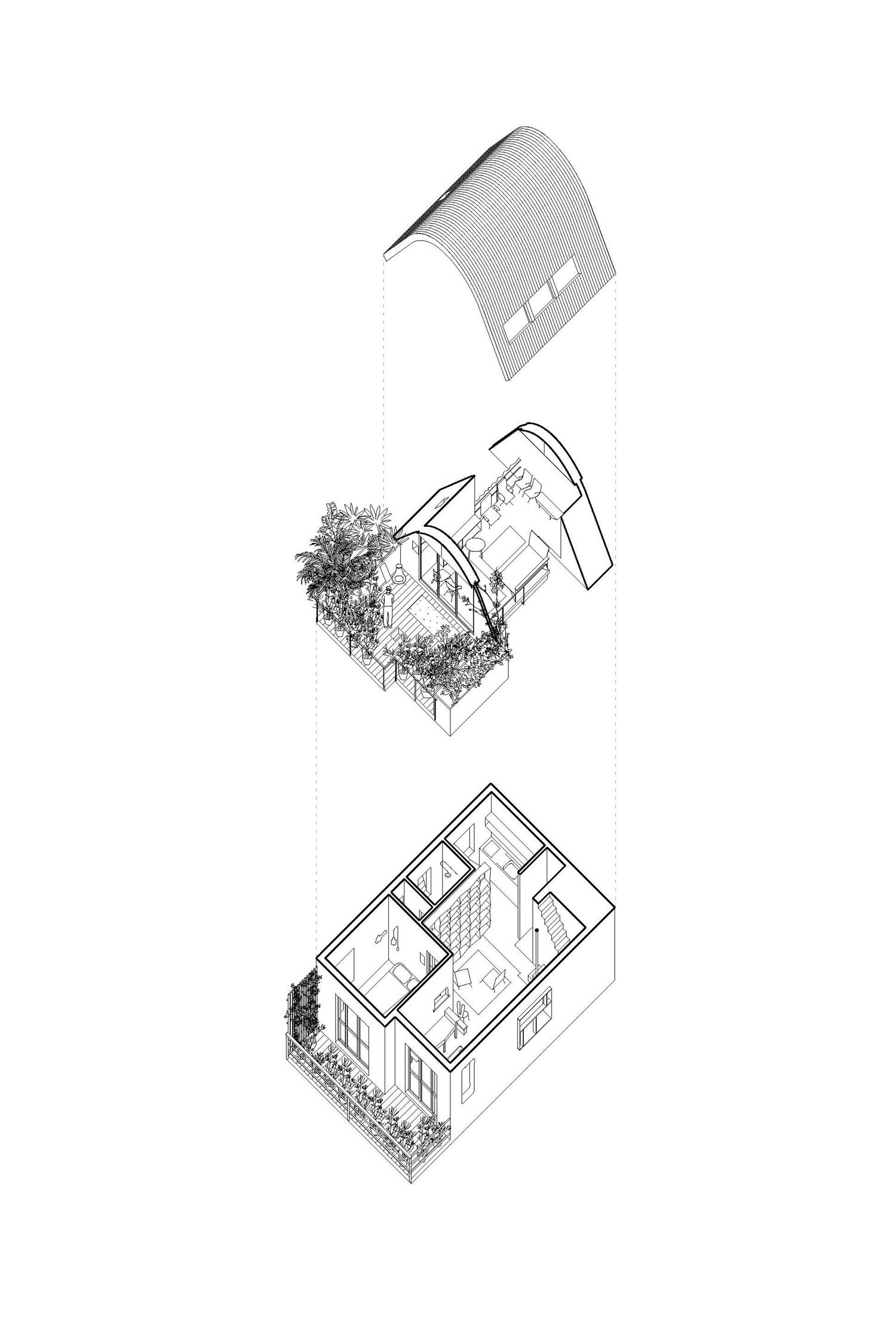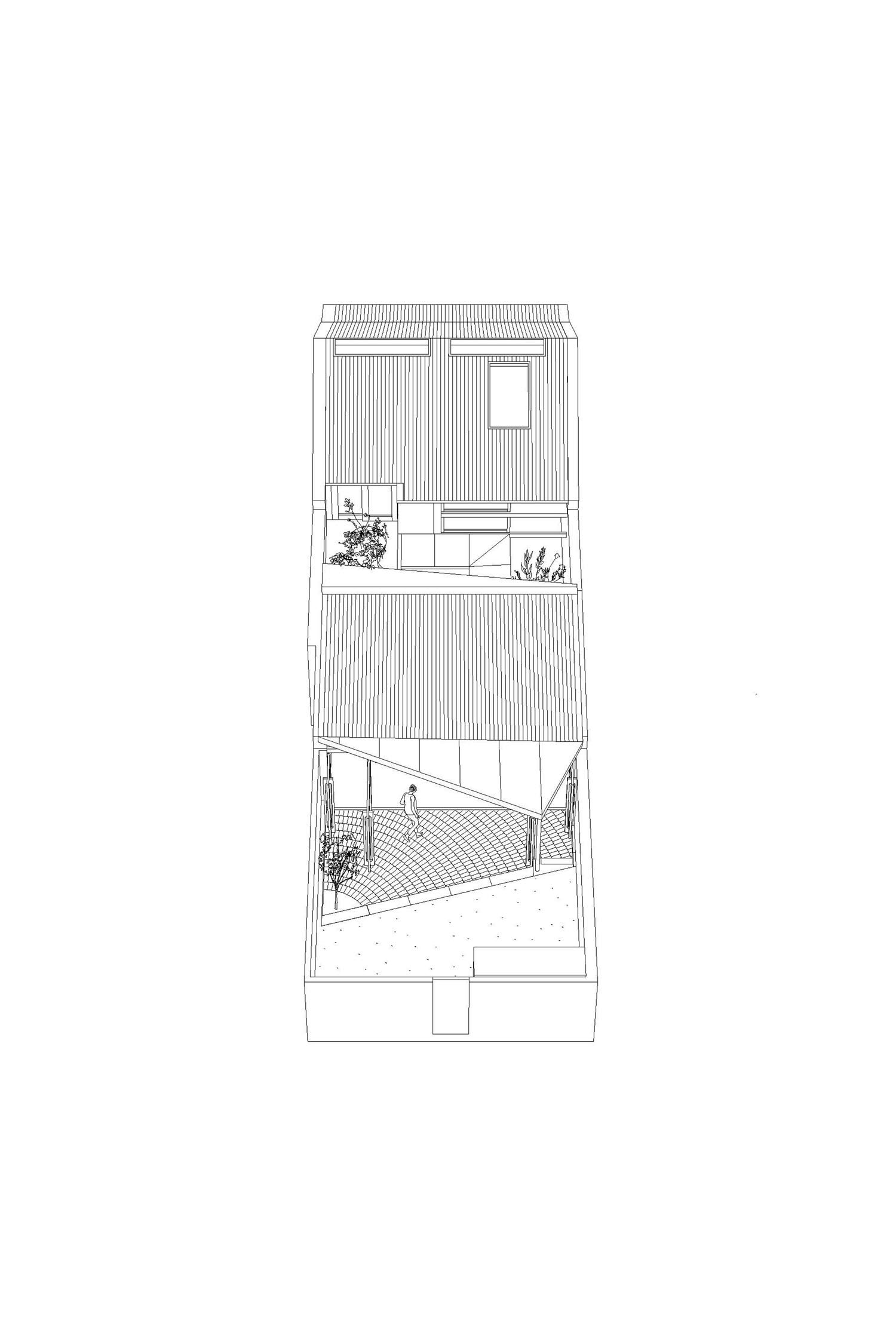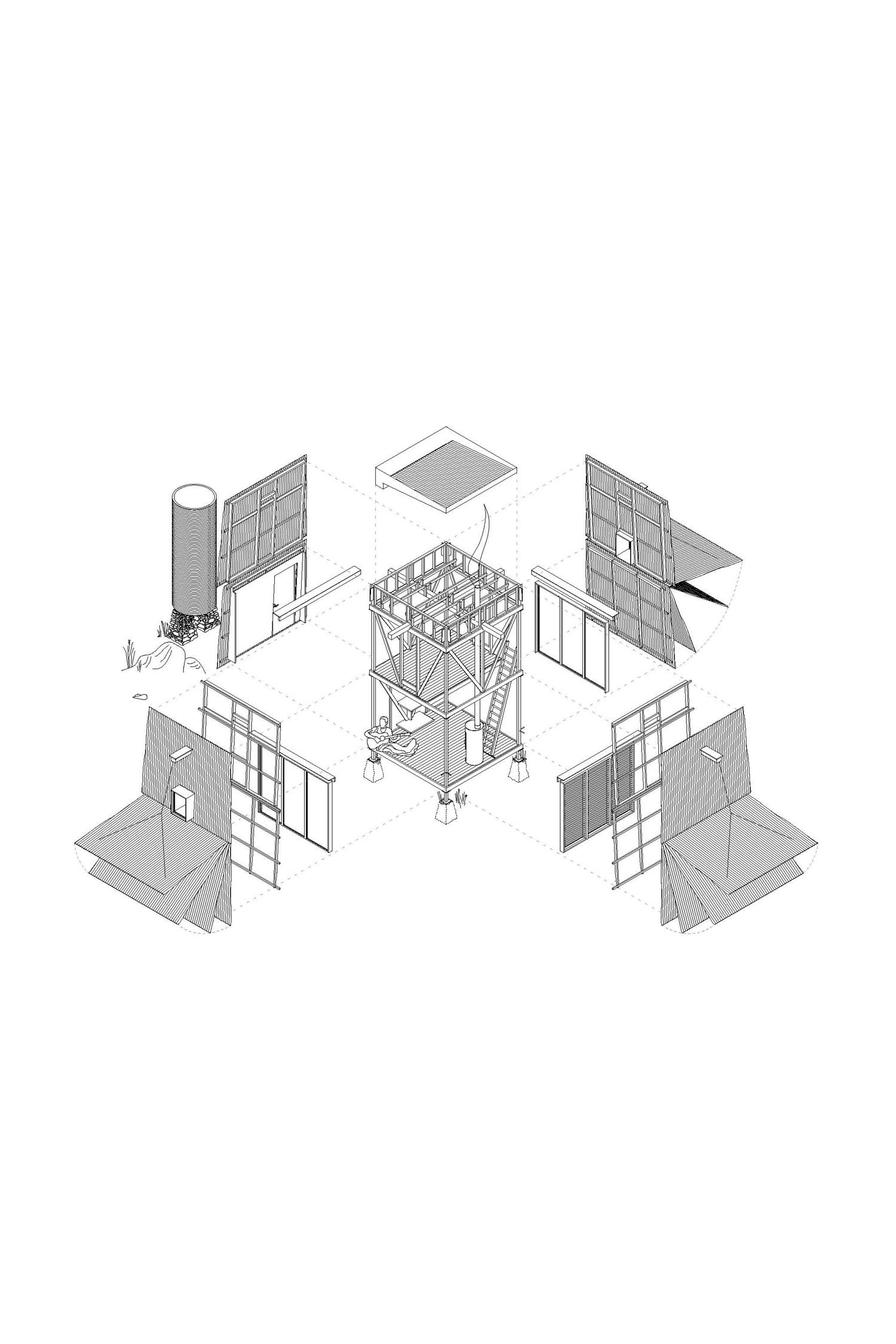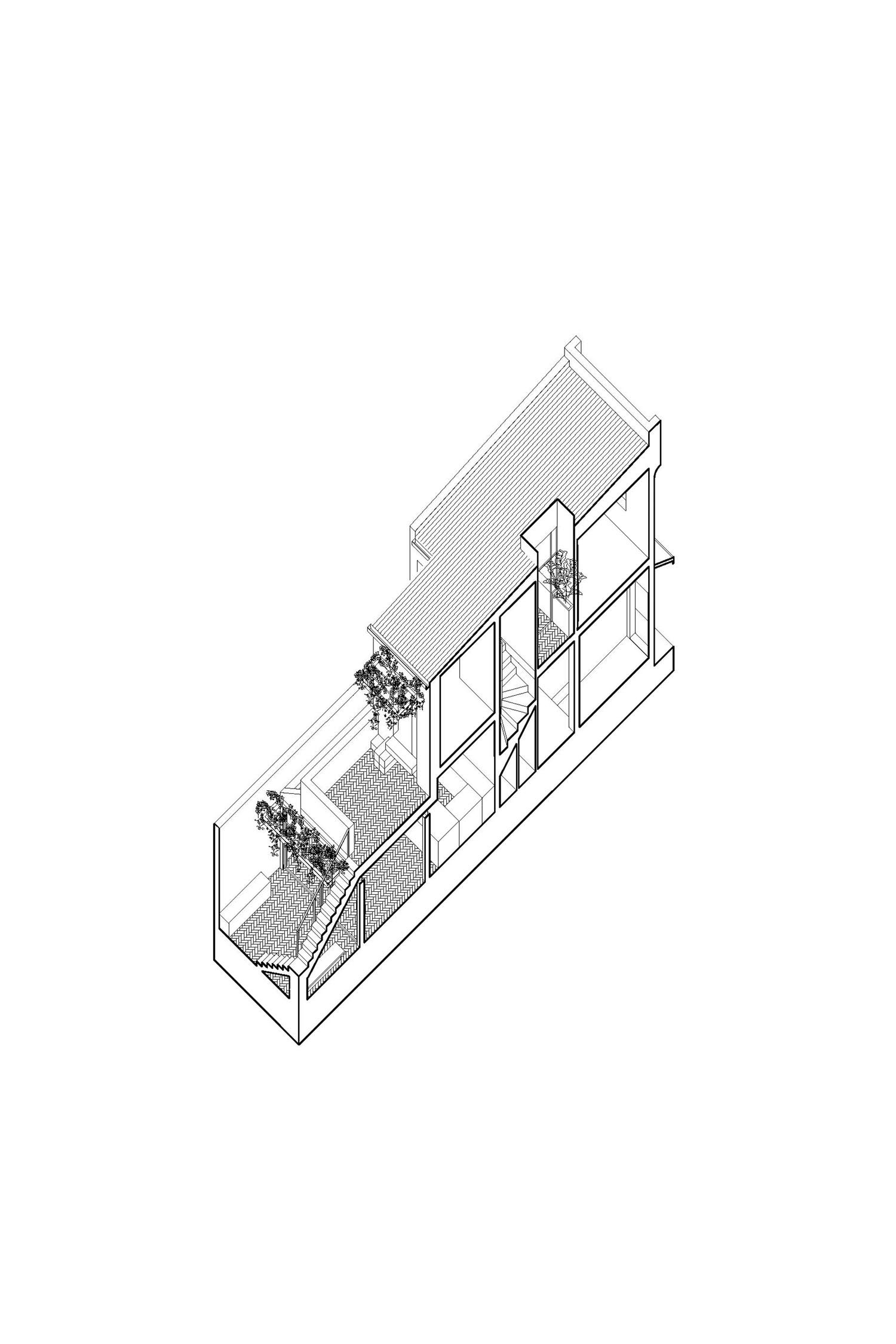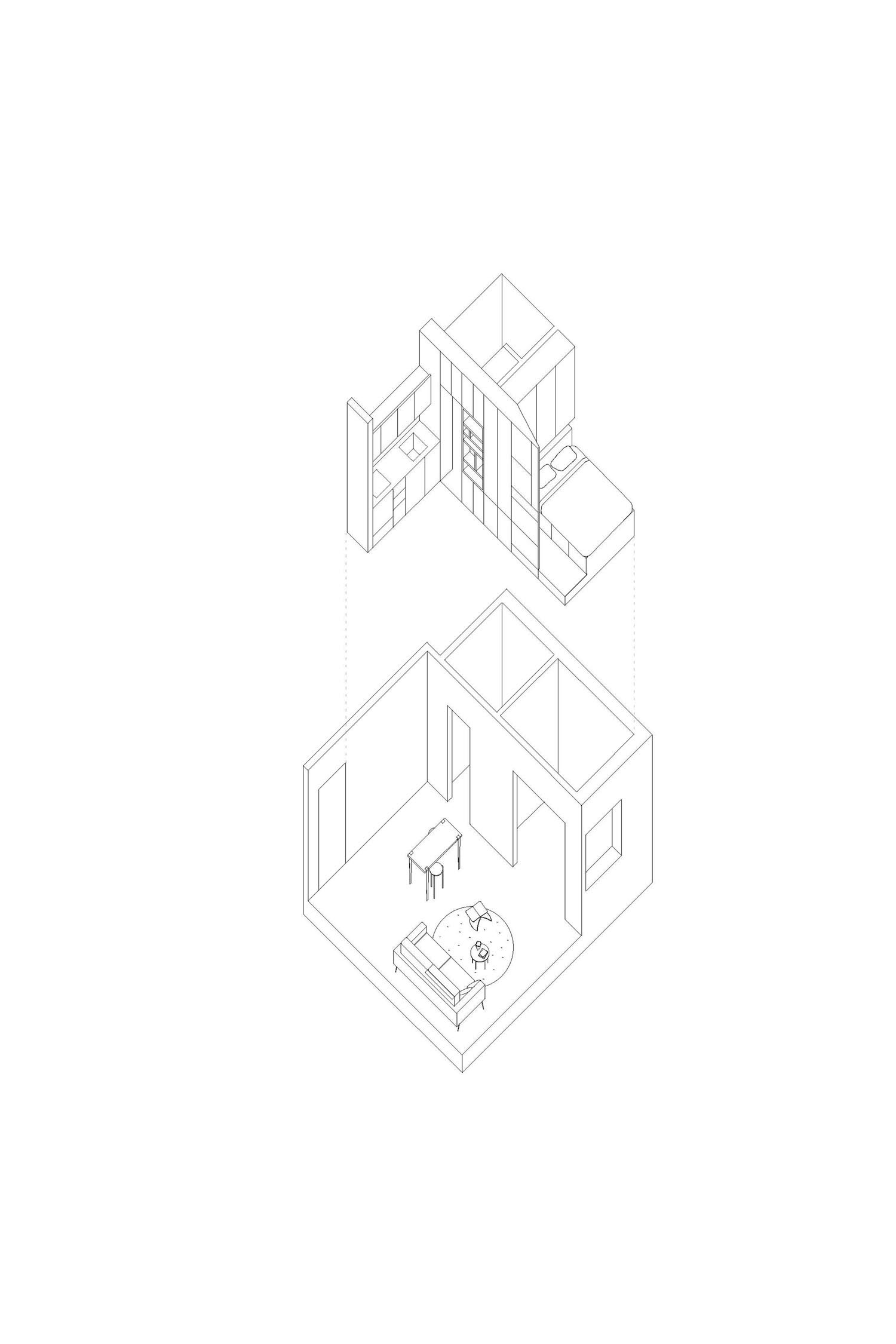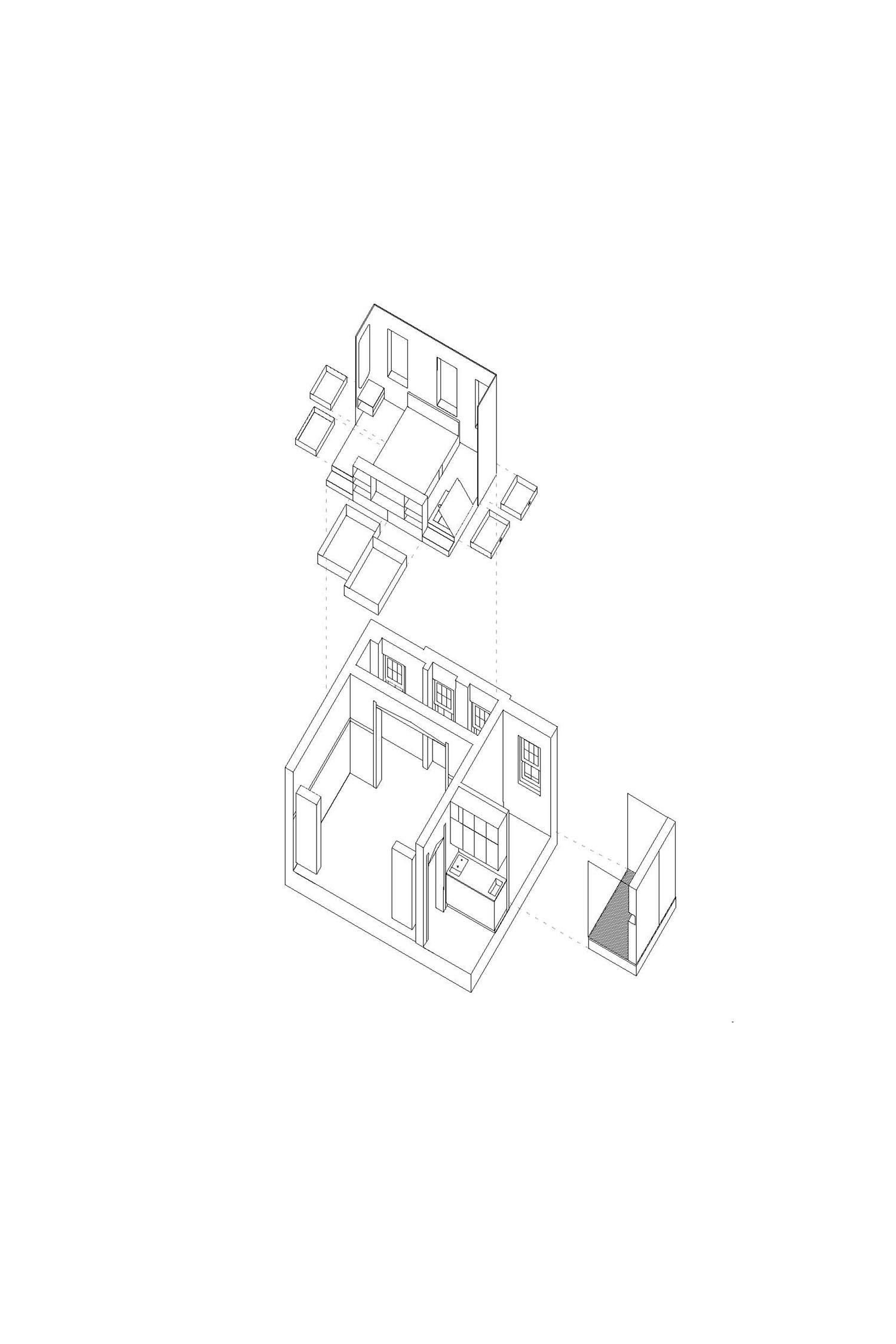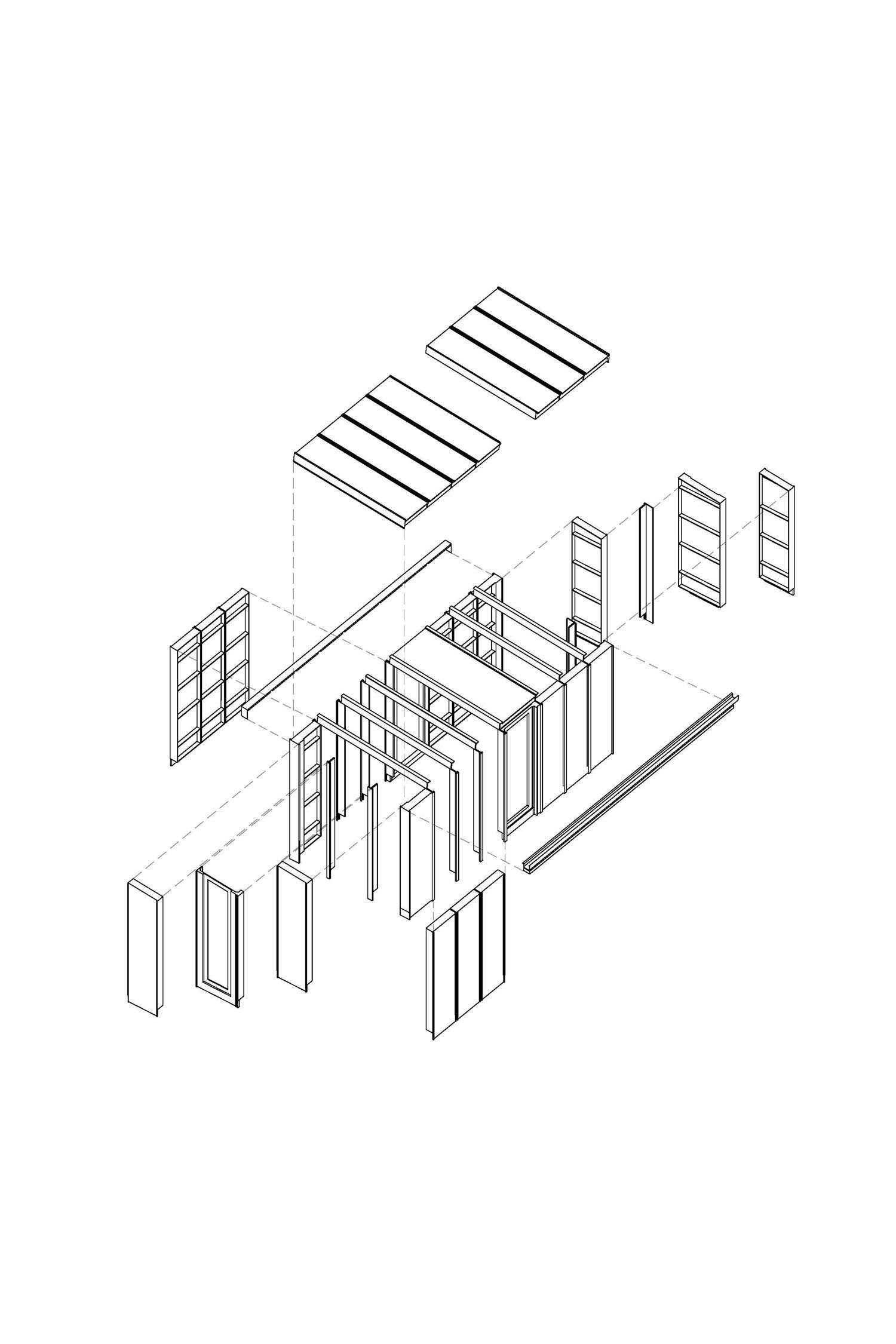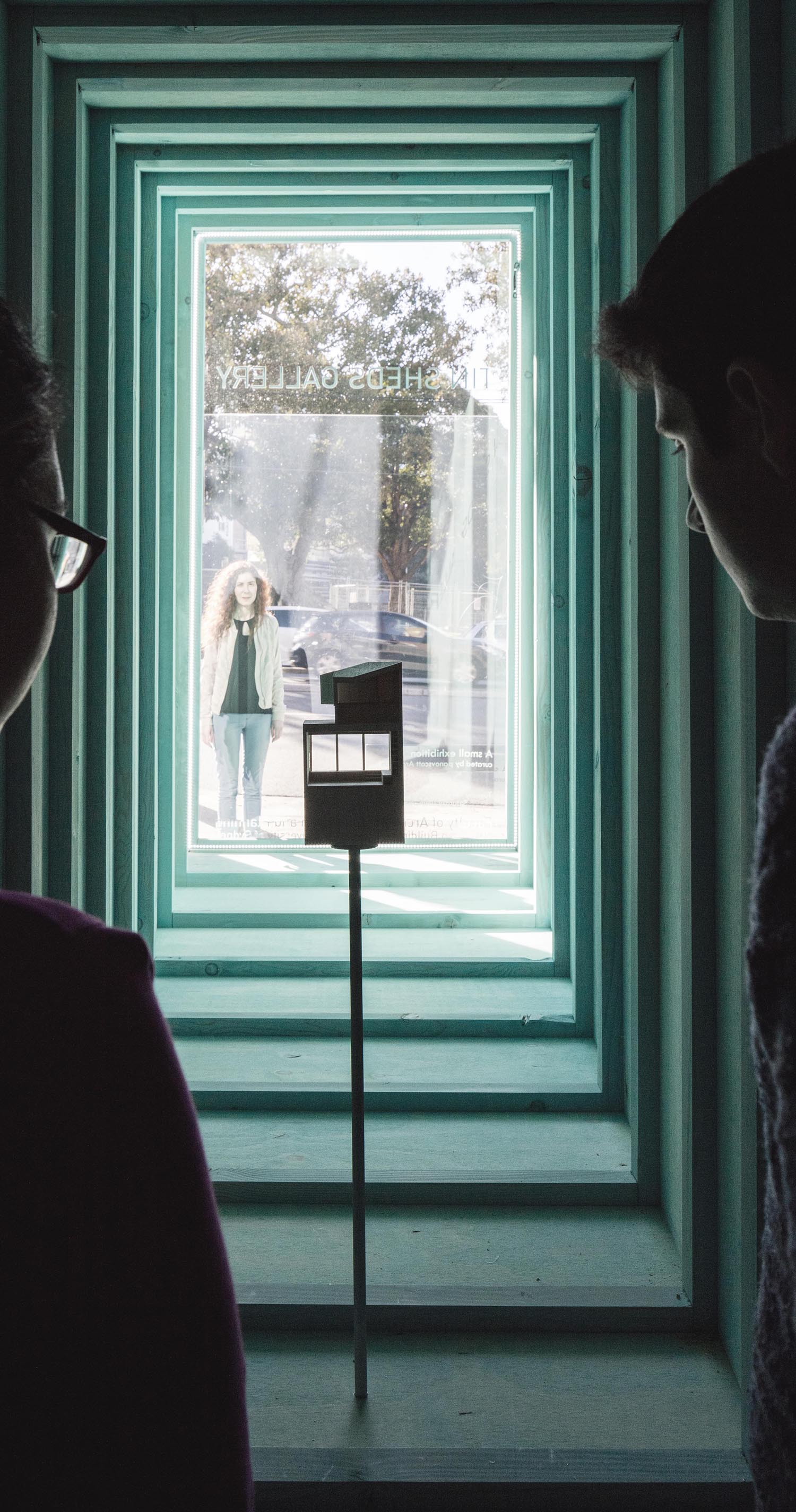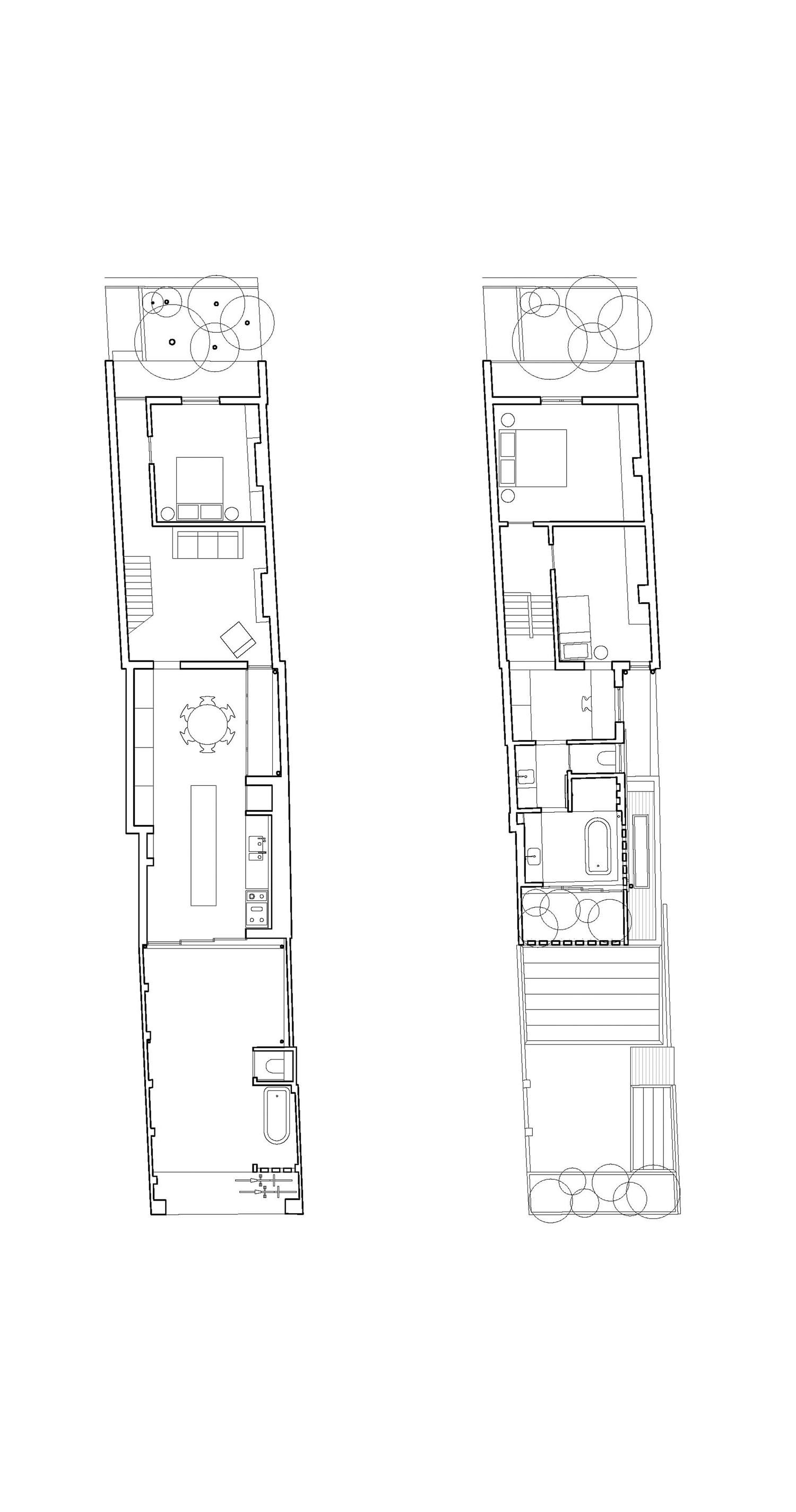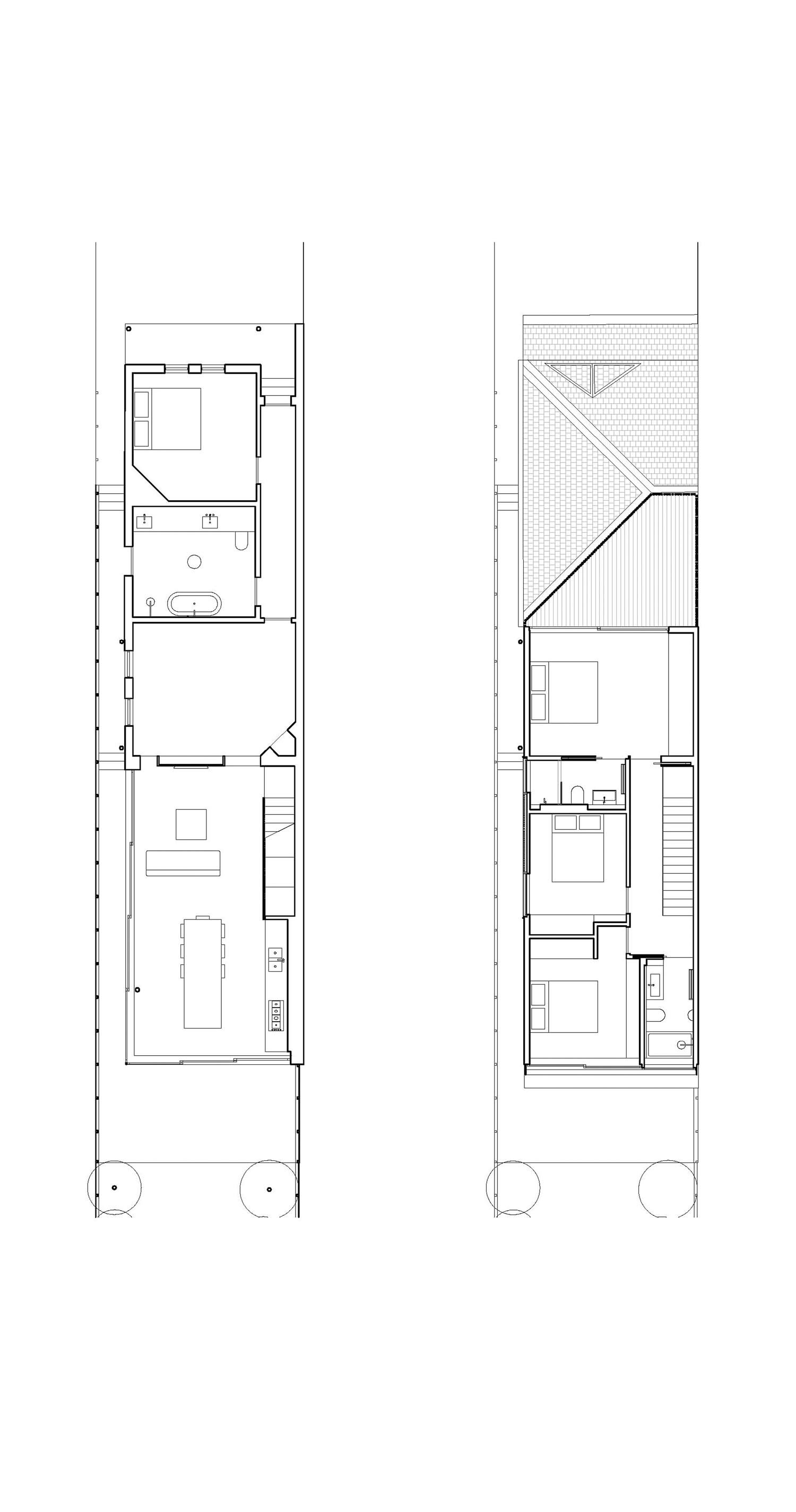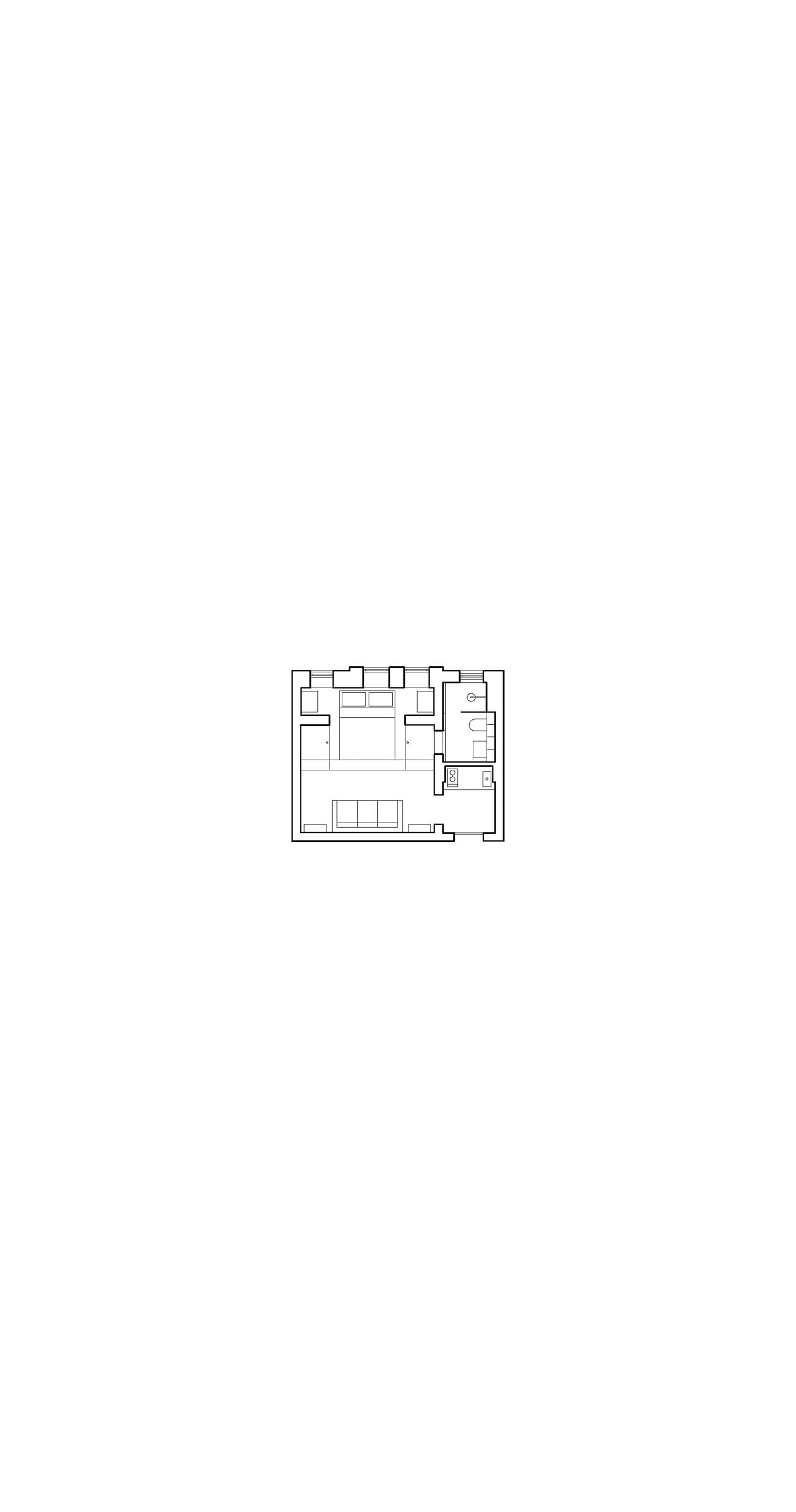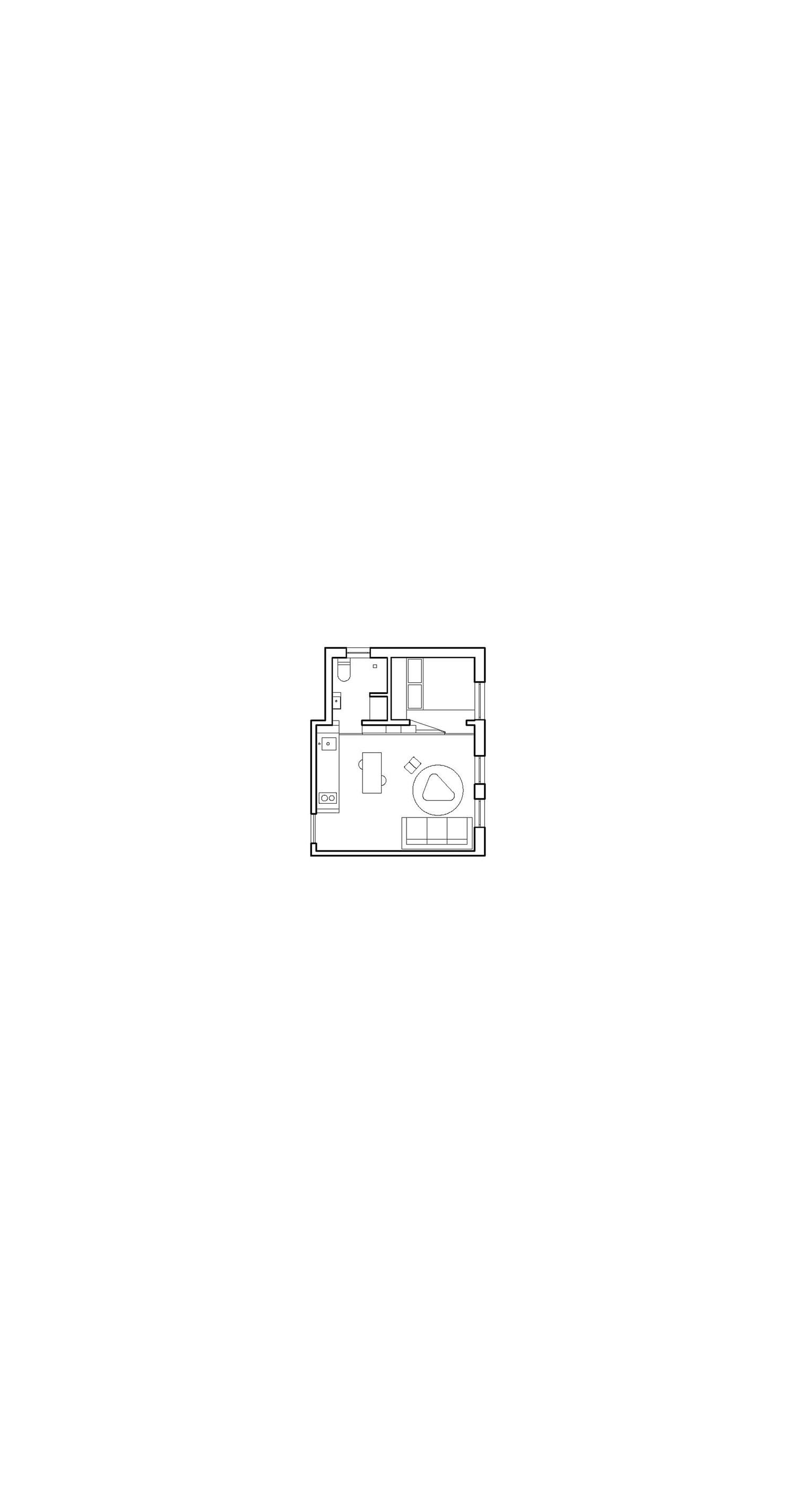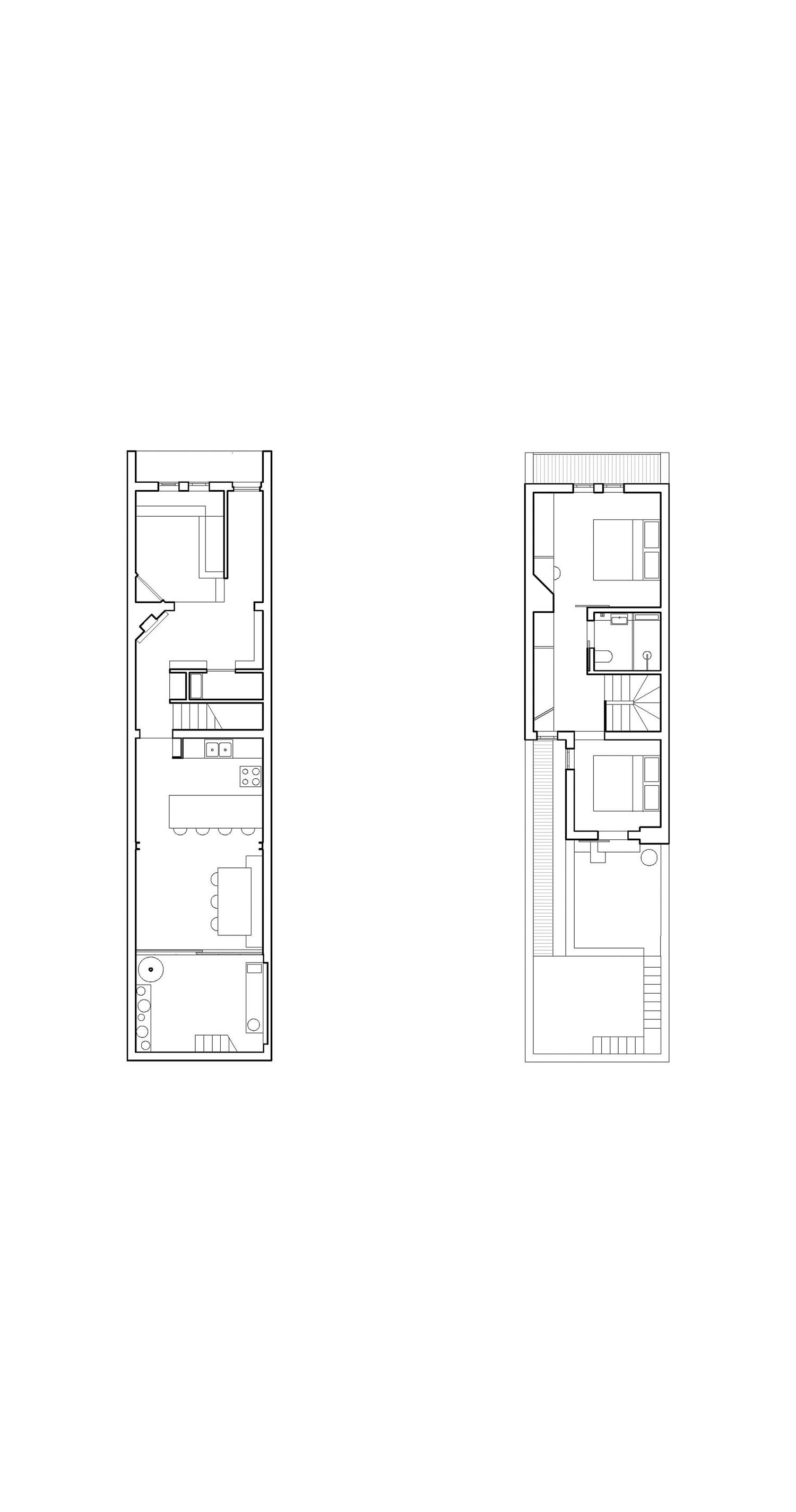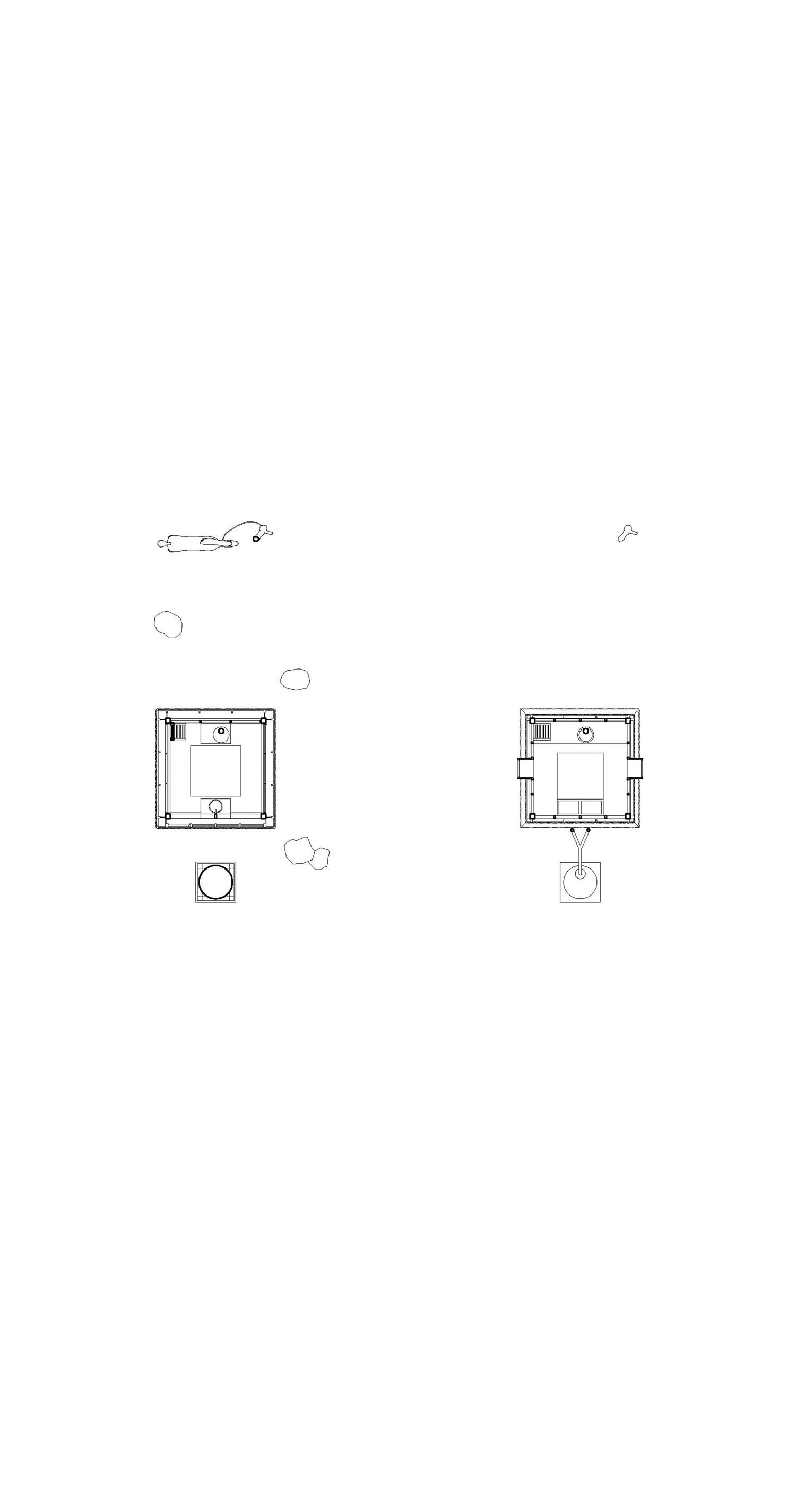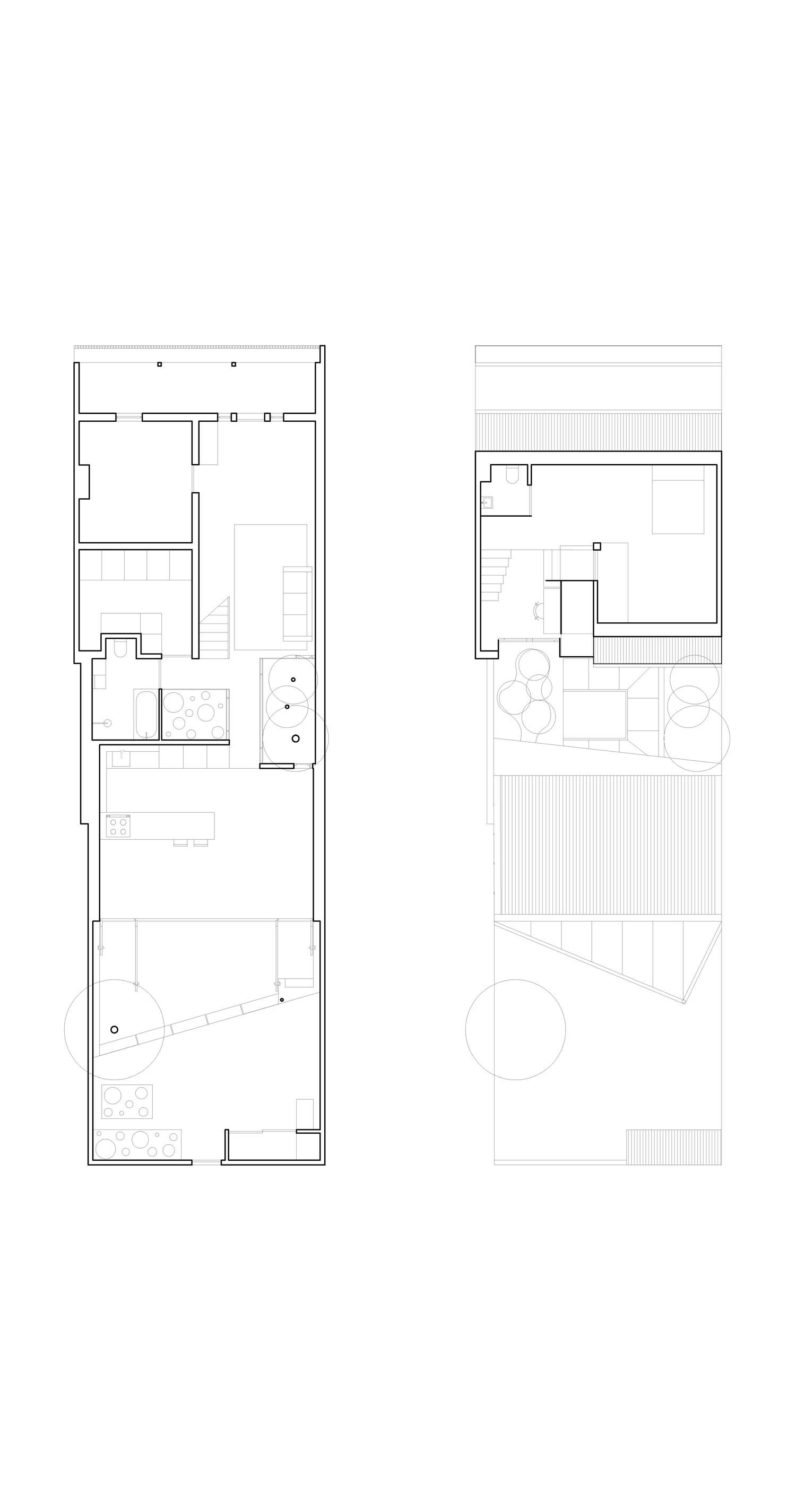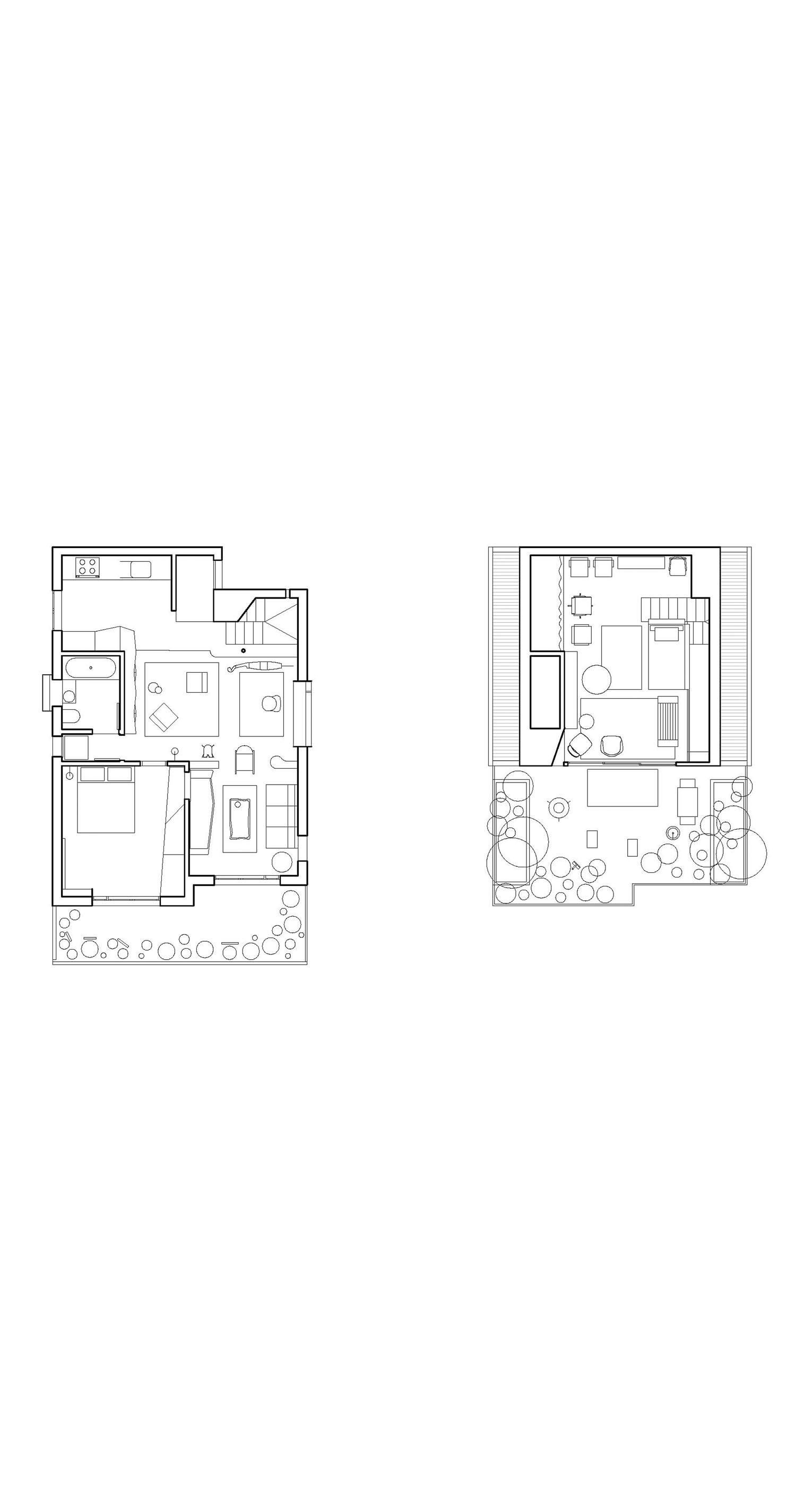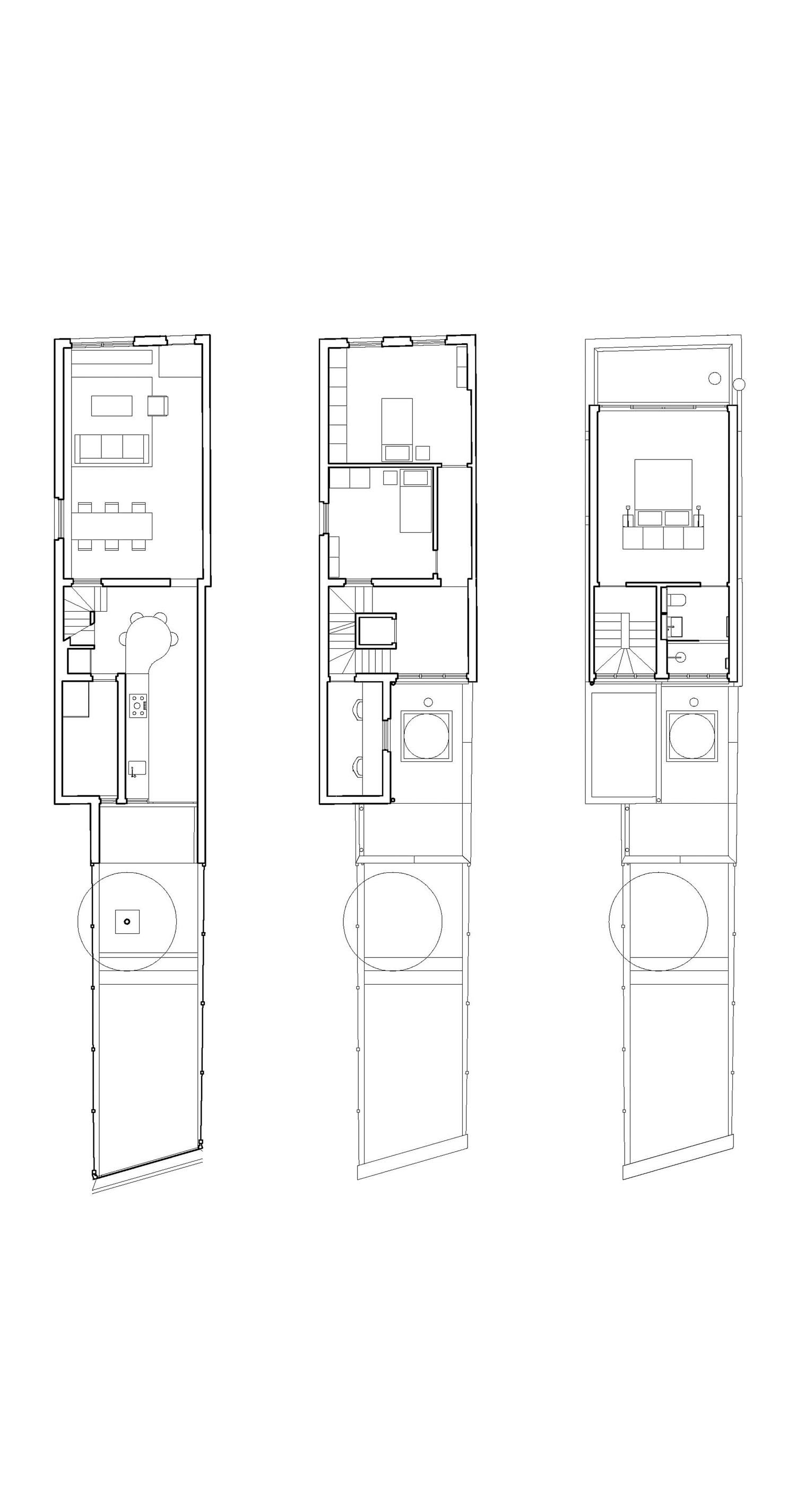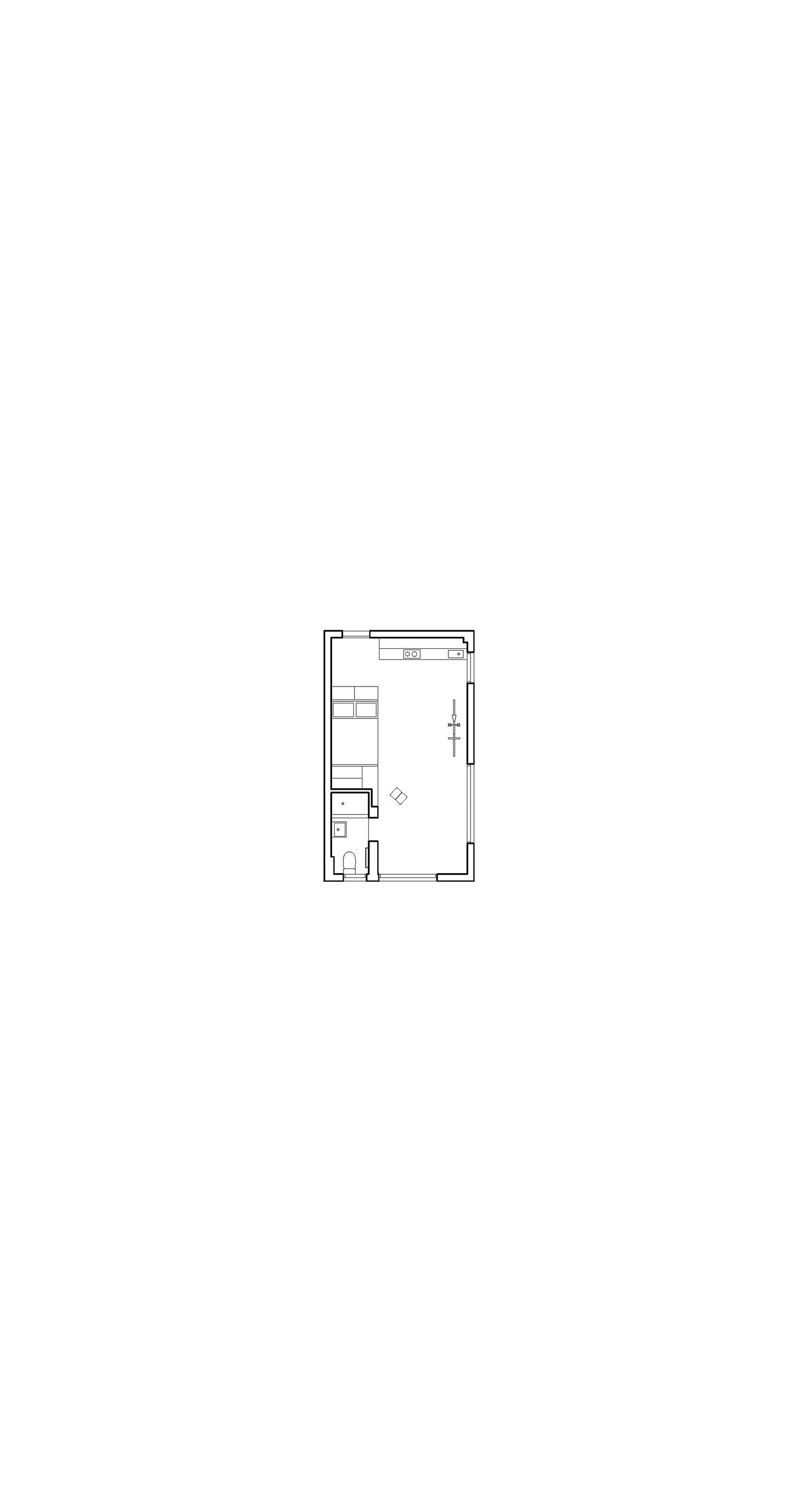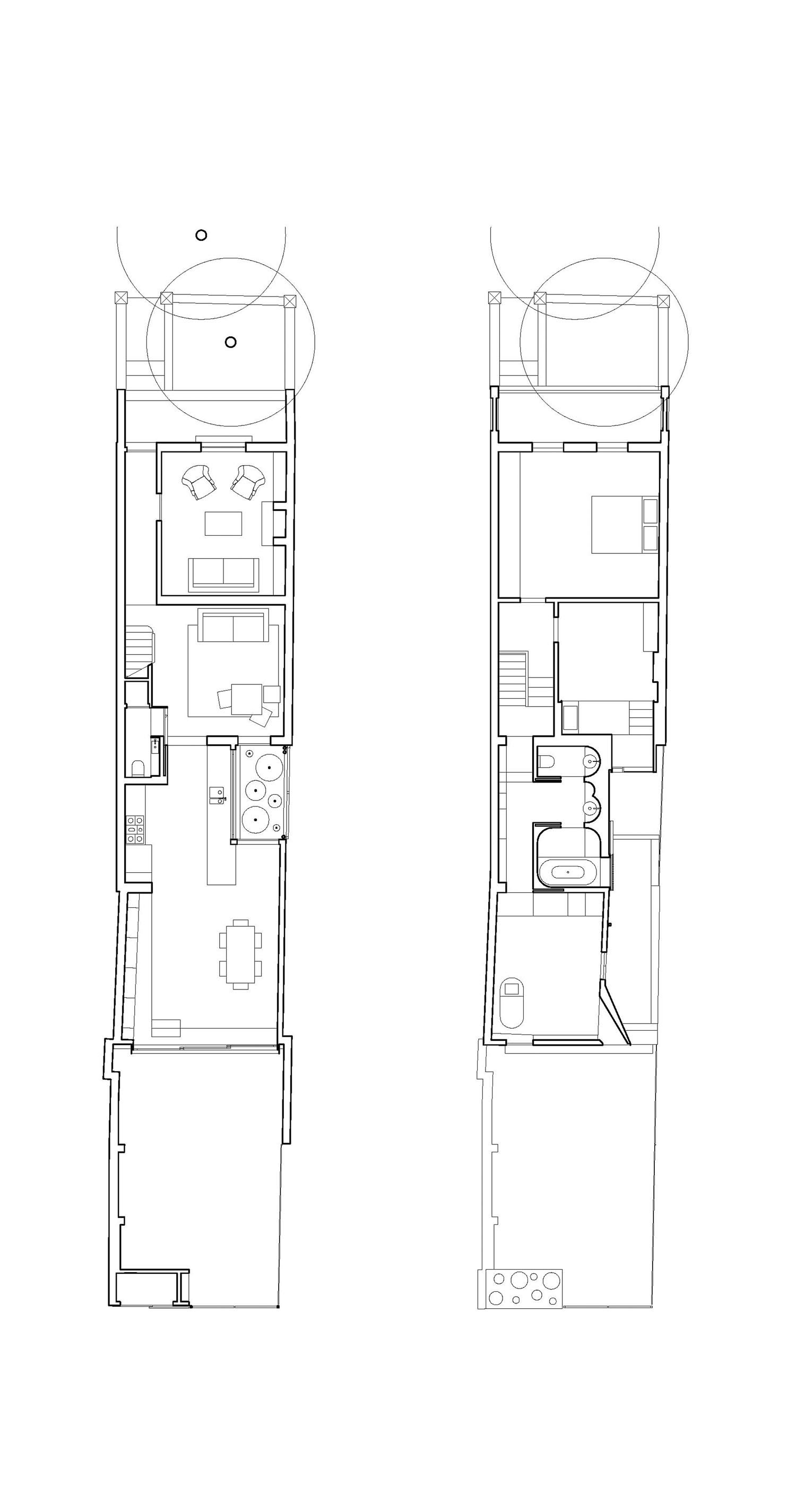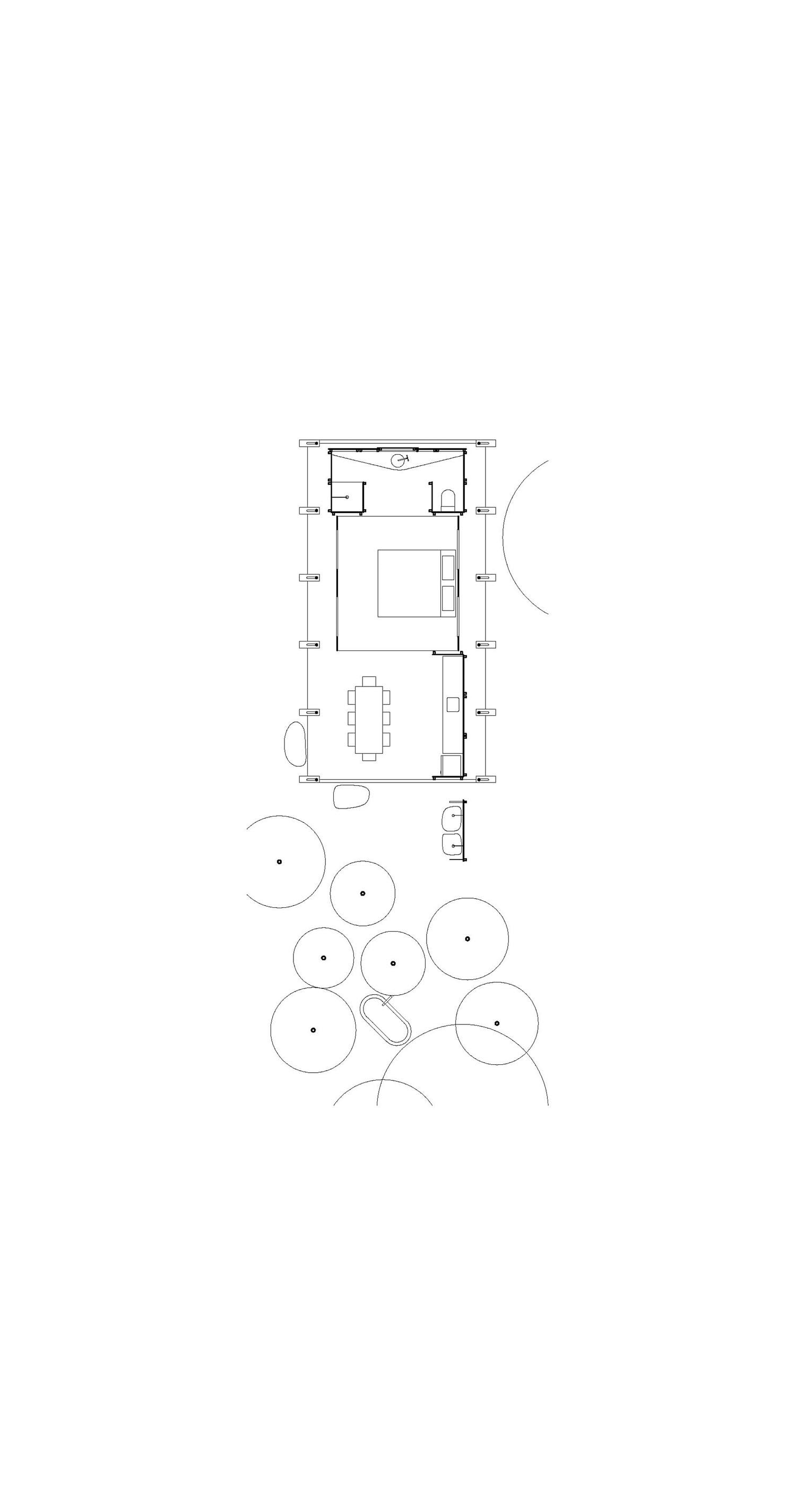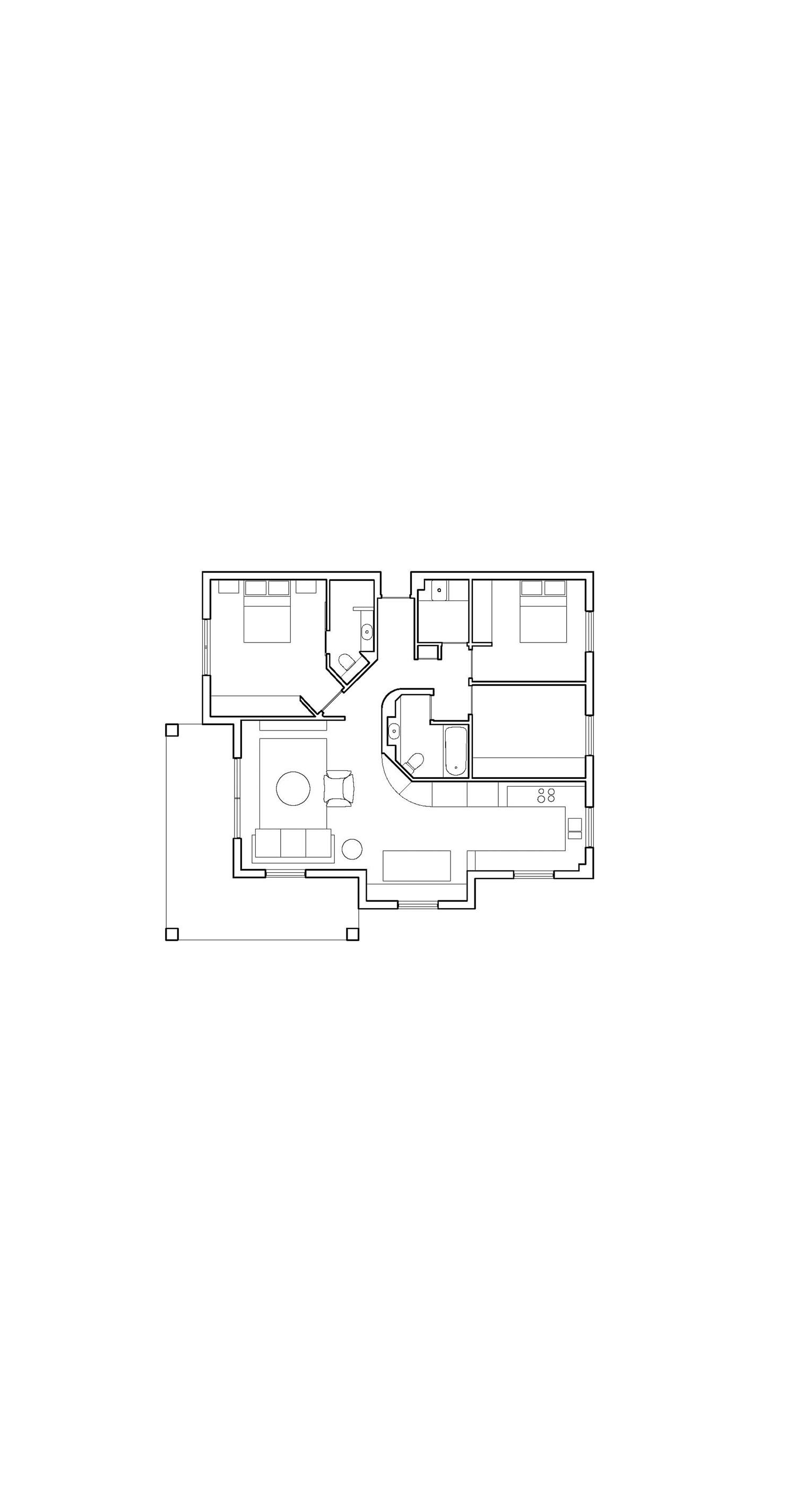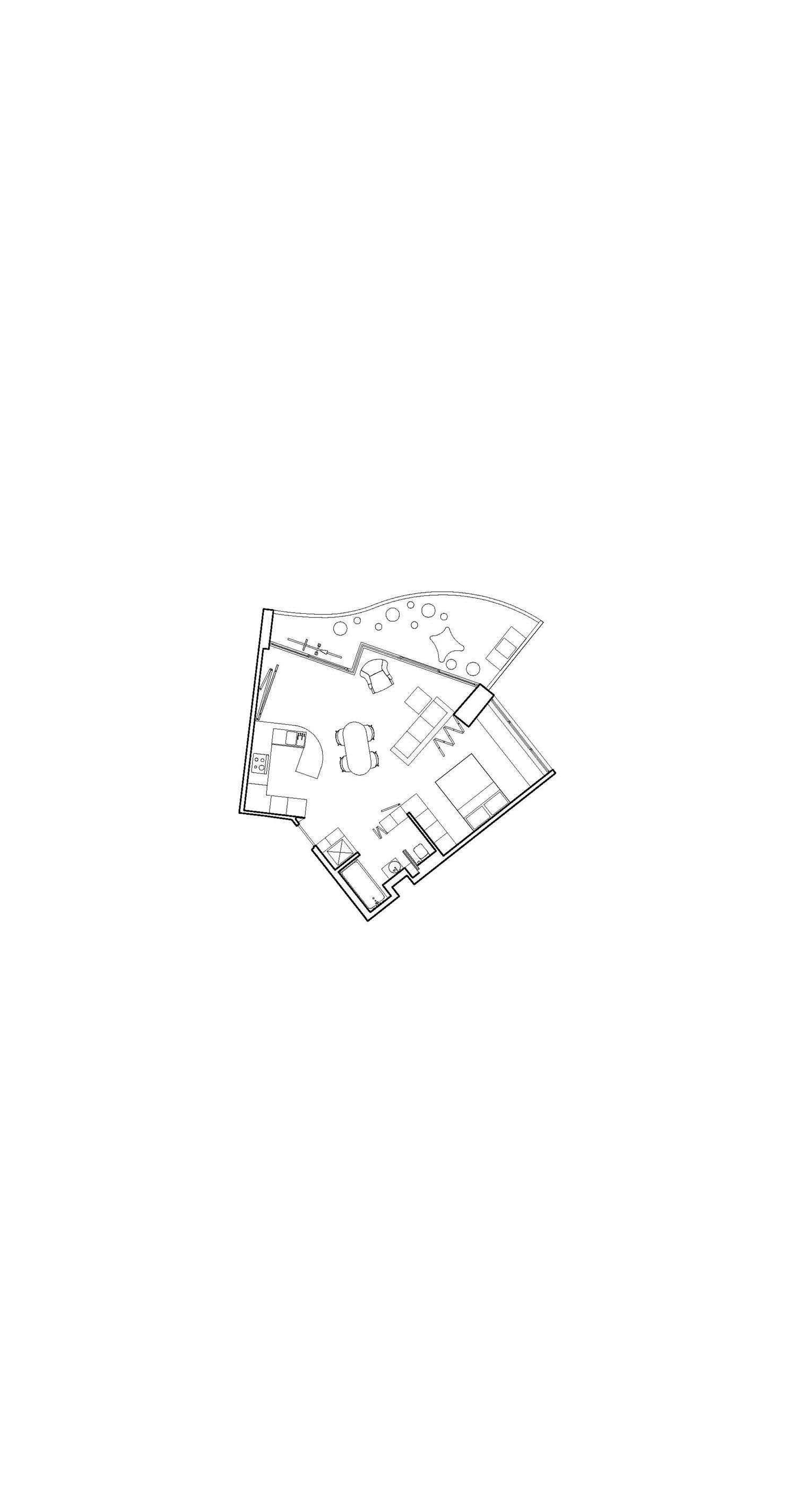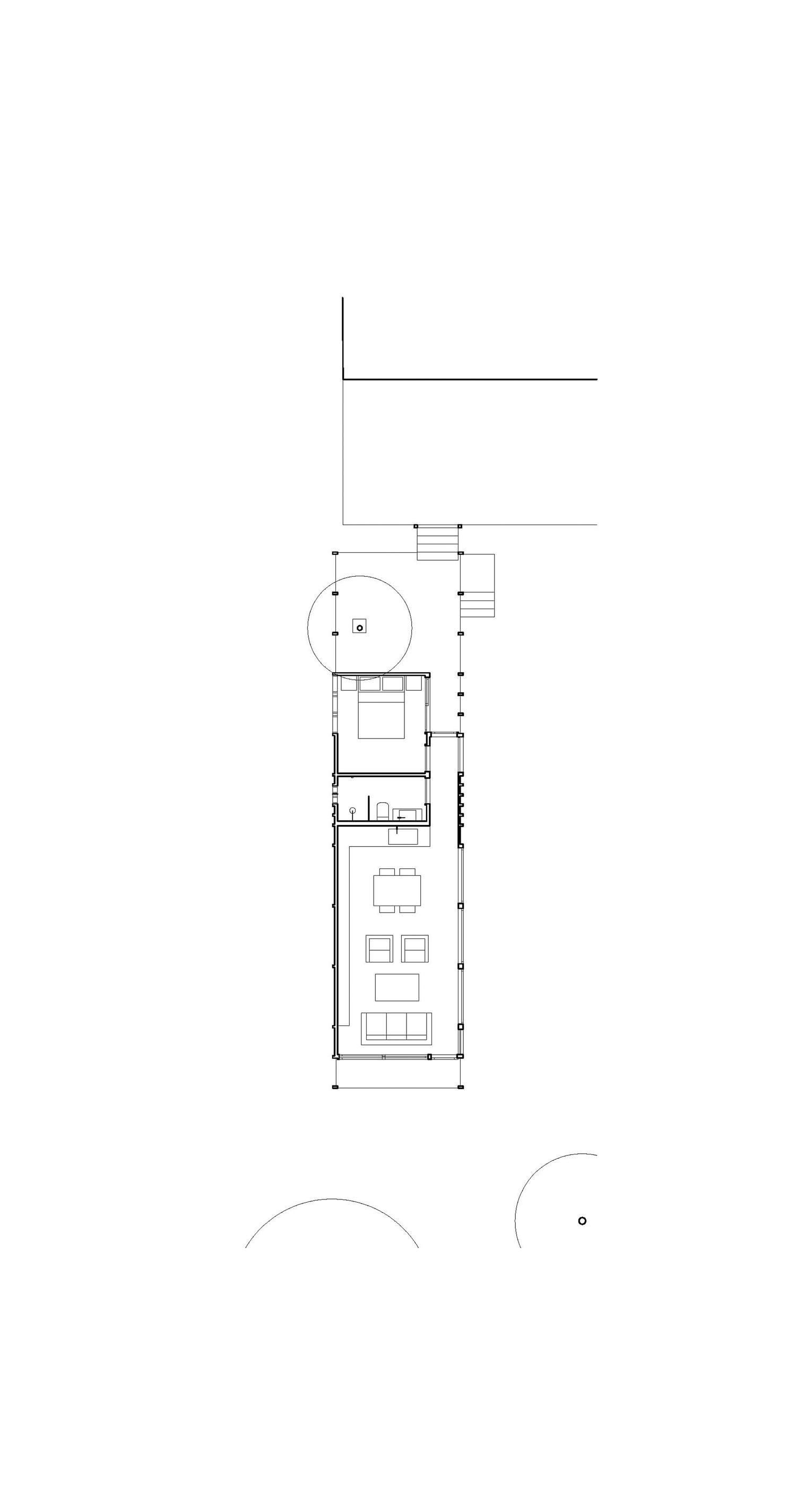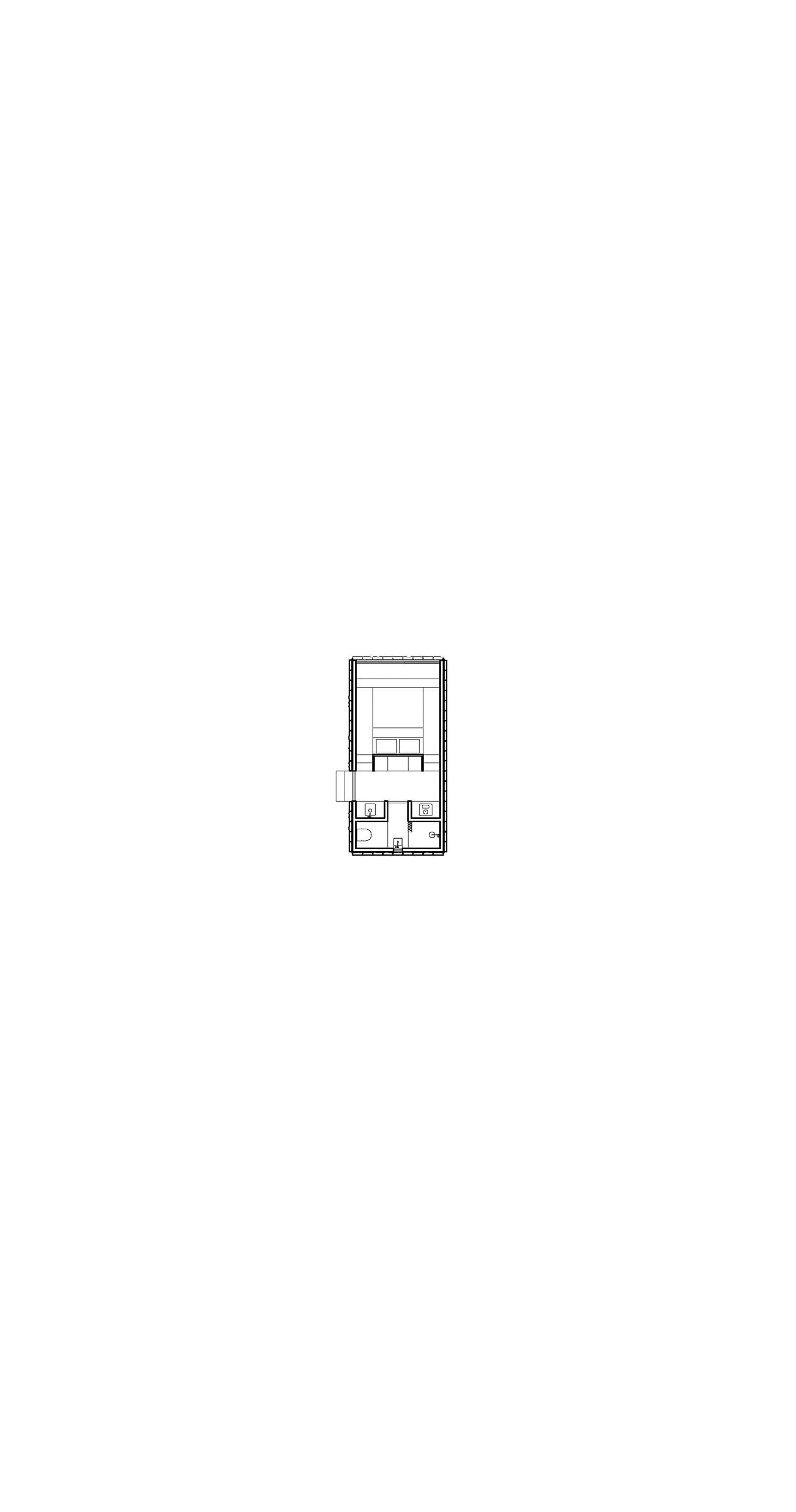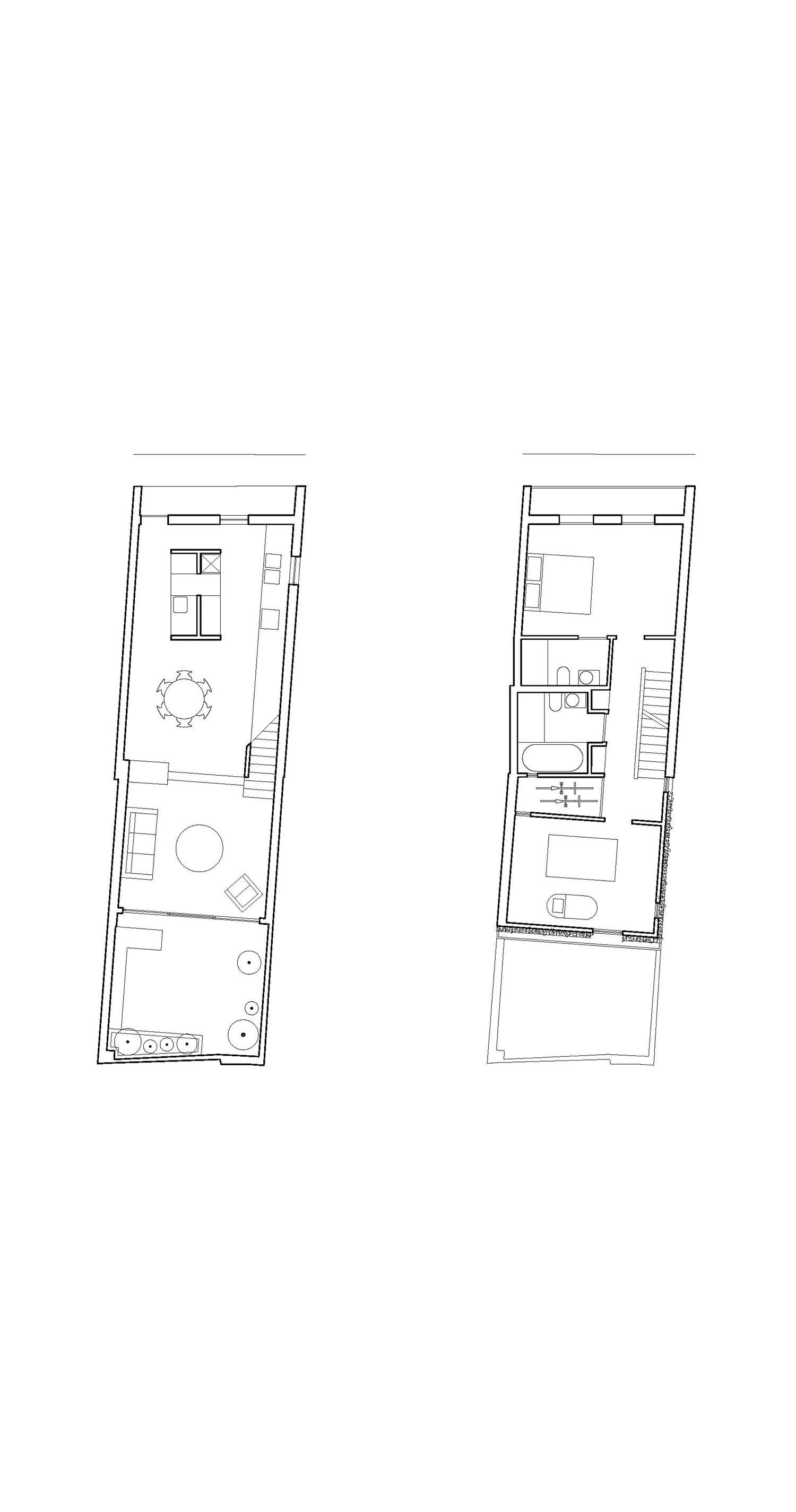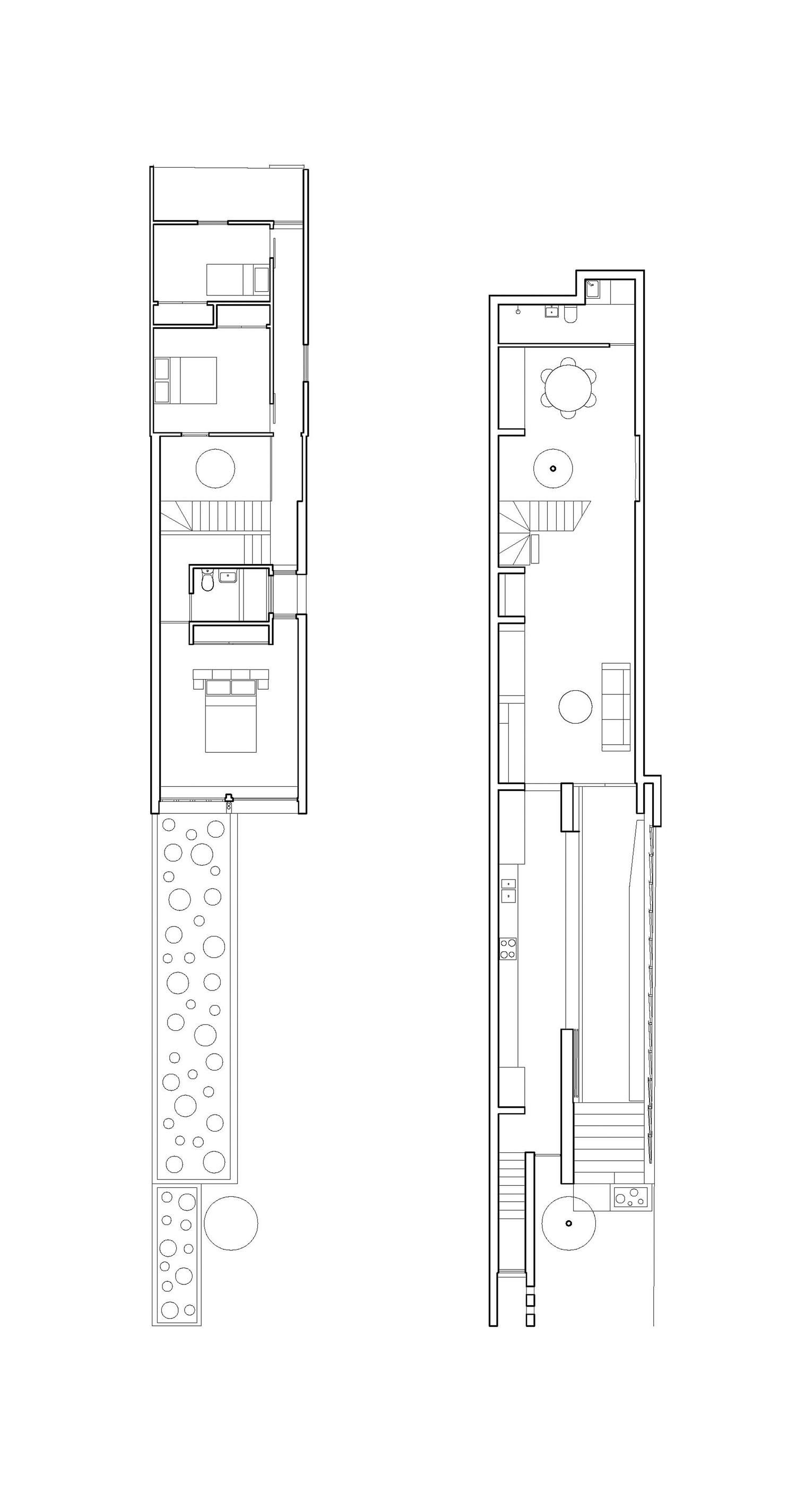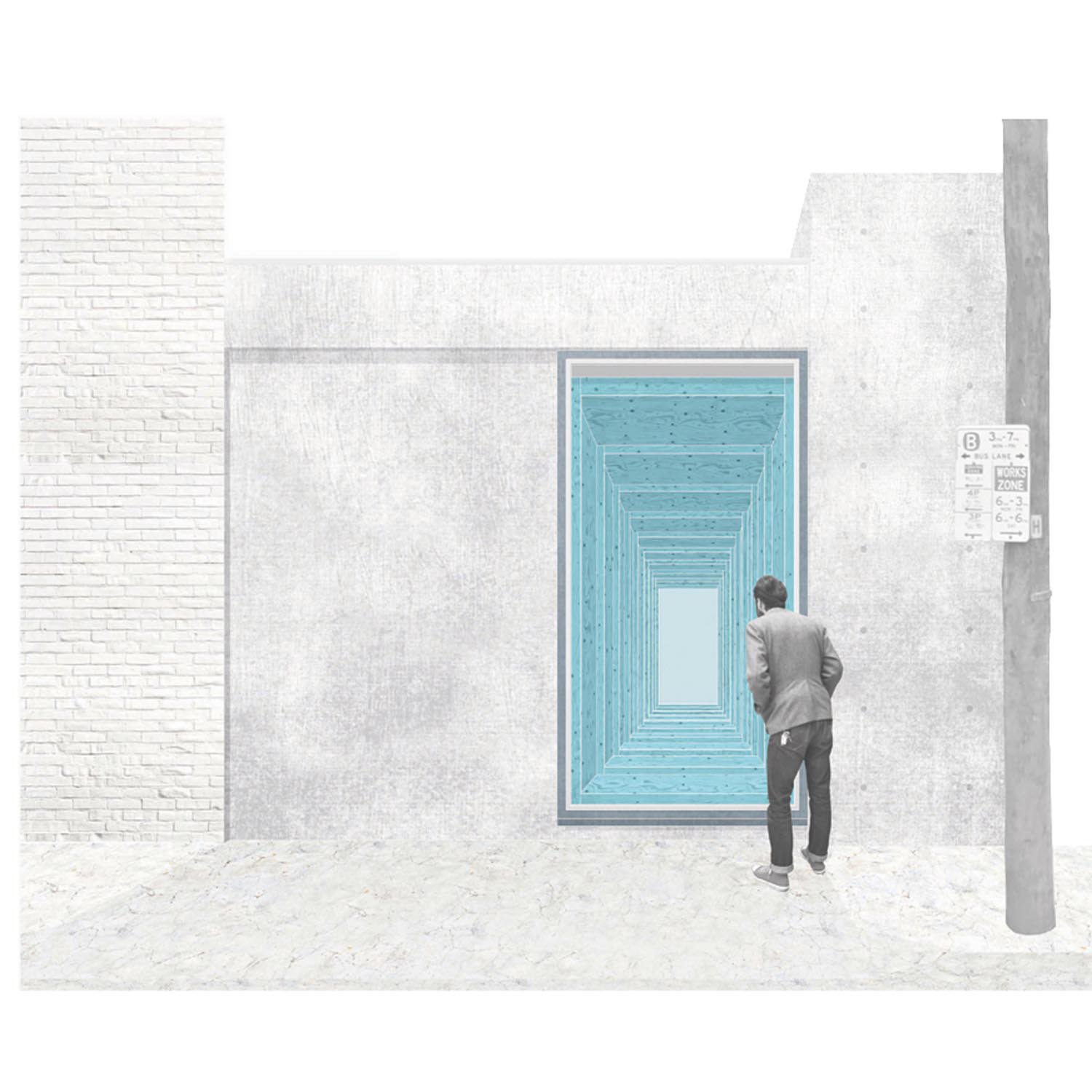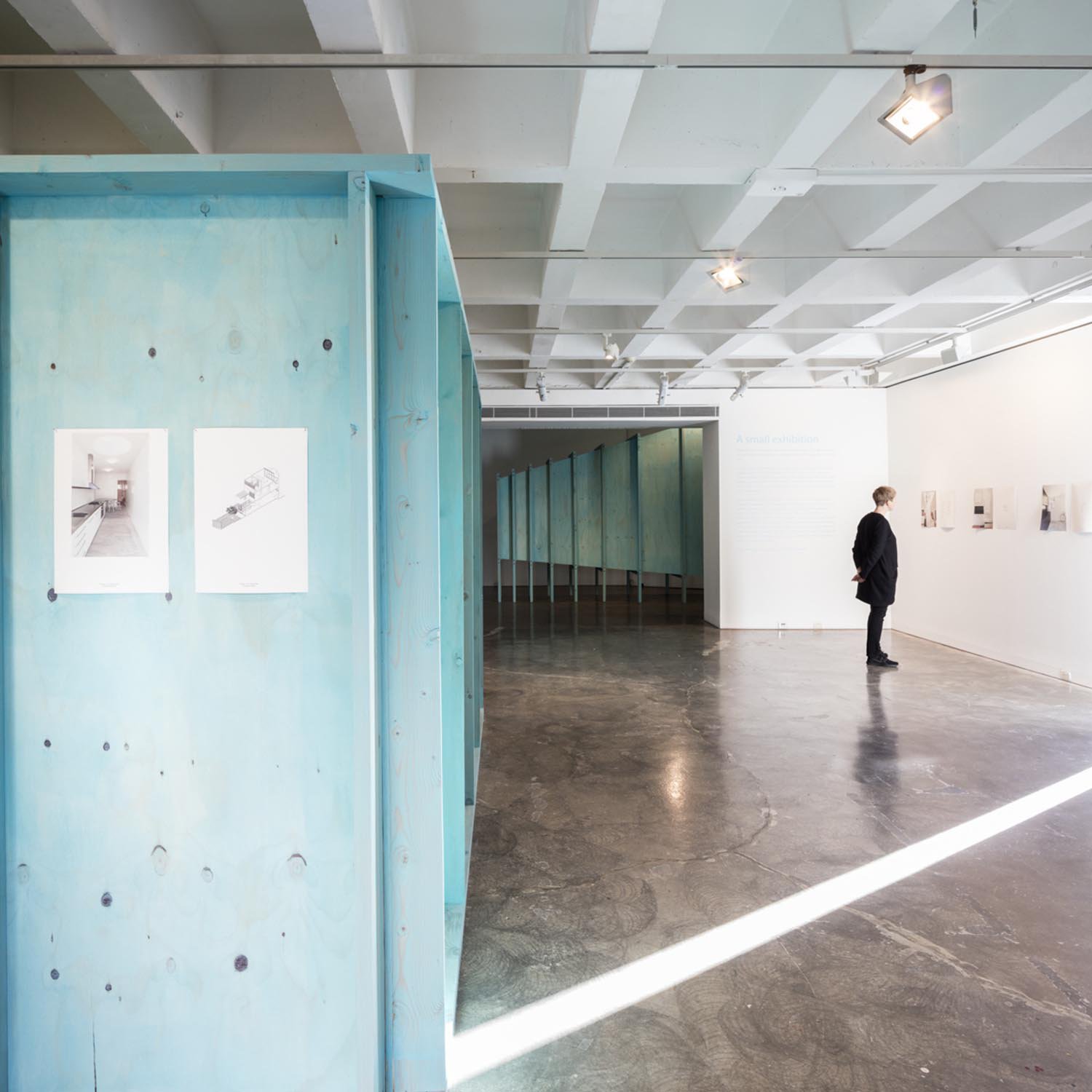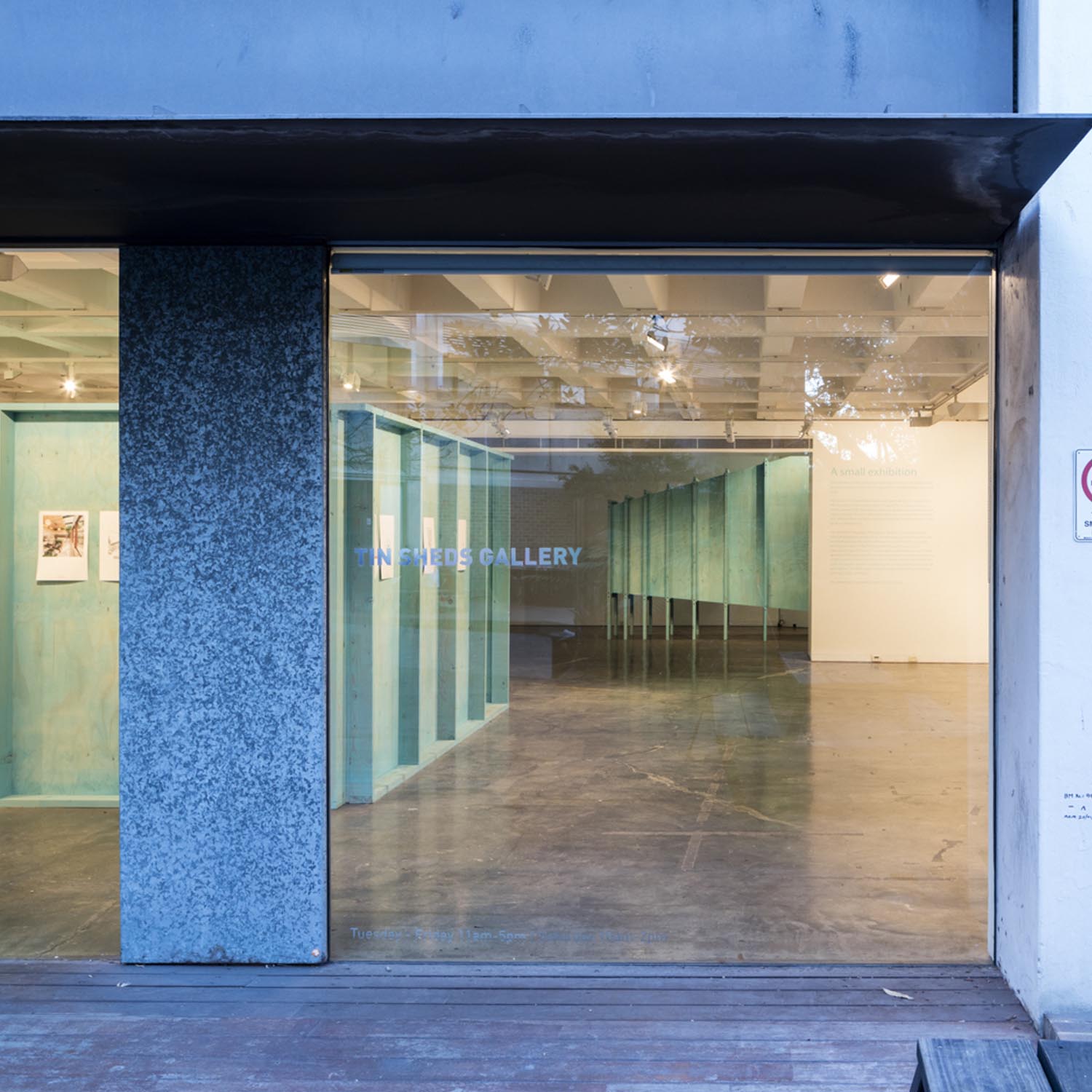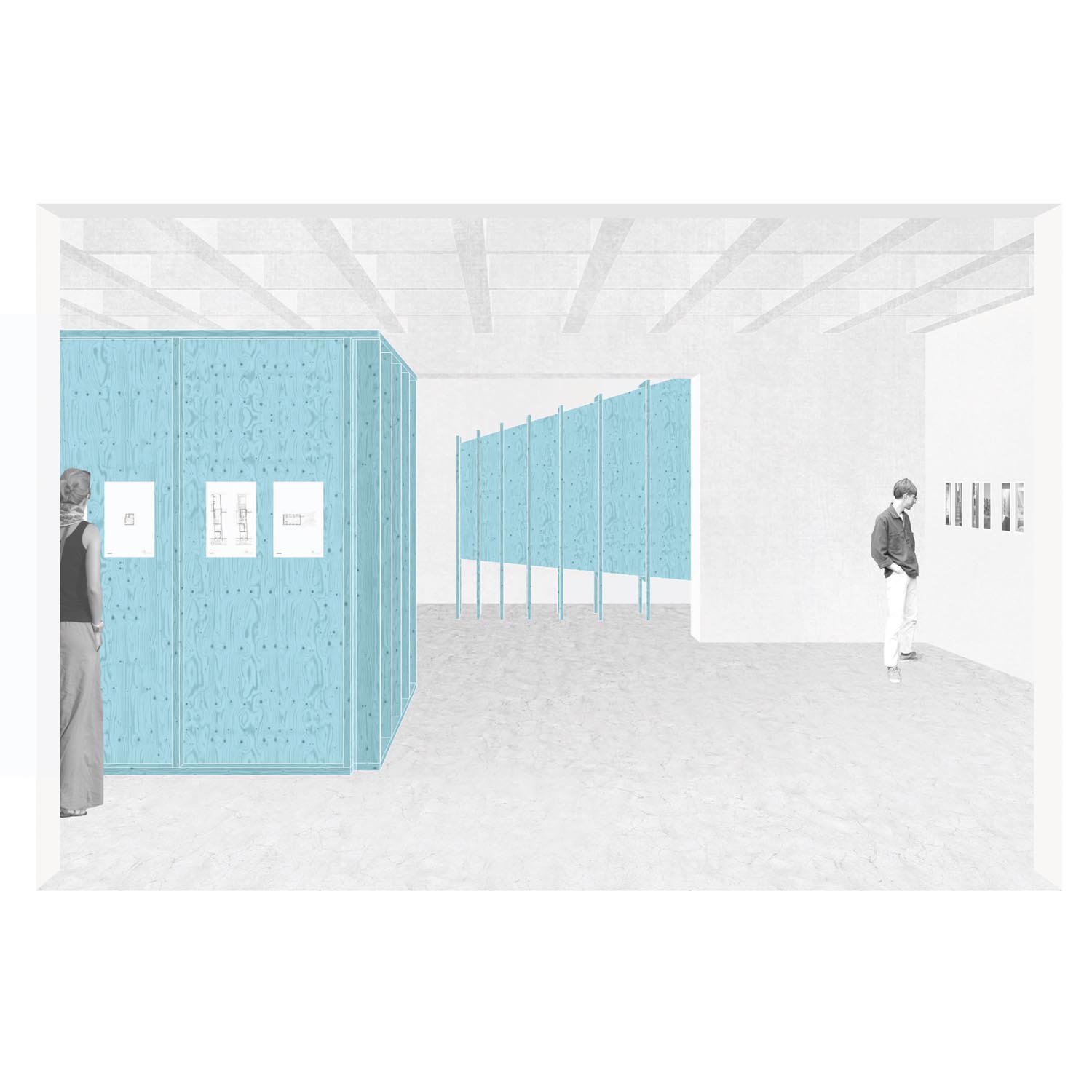Gadigal
Complete
Anita Panov, Andrew Scott, Justine Anderson, Josh Sleight & Kien Van-Young
While the big end of housing is busy building repetition, A Small Exhibition shines a light on other ways of seeing cities. Not all of the ideas will appeal to everyone, but that’s just the point. They present a snapshot of life and habitation in all its diversity, raising questions and possibilities and reminding us to stand up and ask, why not?
Heidi Dokulil, A Small Exhibition: How scaling down can offer more joyful ways of living
Curated and designed by Panov—Scott for Tin Sheds Gallery at the University of Sydney, this exhibition is the gathering of 20 projects made by local architecture practices, or by practices working locally, at a small scale.
Each project is residential in nature and comes about as a result of the transformation of an existing space, or place. In each instance the result has been a radical increase in the amenity enjoyed by the inhabitants within a tiny footprint, literally, economically & environmentally.
For us, these projects clearly demonstrate innovation in how we can live more efficiently with higher amenity. Or put in other terms, how we can enjoy life more with less, which in turn is a more responsible attitude to those around us and to future generations.
This exhibition was instigated as we were reflecting on the early projects of our practice, which at that time were generally small scale transformations to existing places. In doing so we came to realise that we were developing a particular body of research relating to the manner in which a dwelling can be cleverly altered to have greater amenity within exigent constraints relating to space, budget and contextual conditions.
We then looked around at our friends and colleagues doing different things with a similar intent and saw what could be considered a collective body of research relating to new forms of housing.
Housing which is adaptive and agile, responsive to the pragmatics of the manner in which people actually live today, rather than some nostalgic, generic, or production driven notion of the home.
